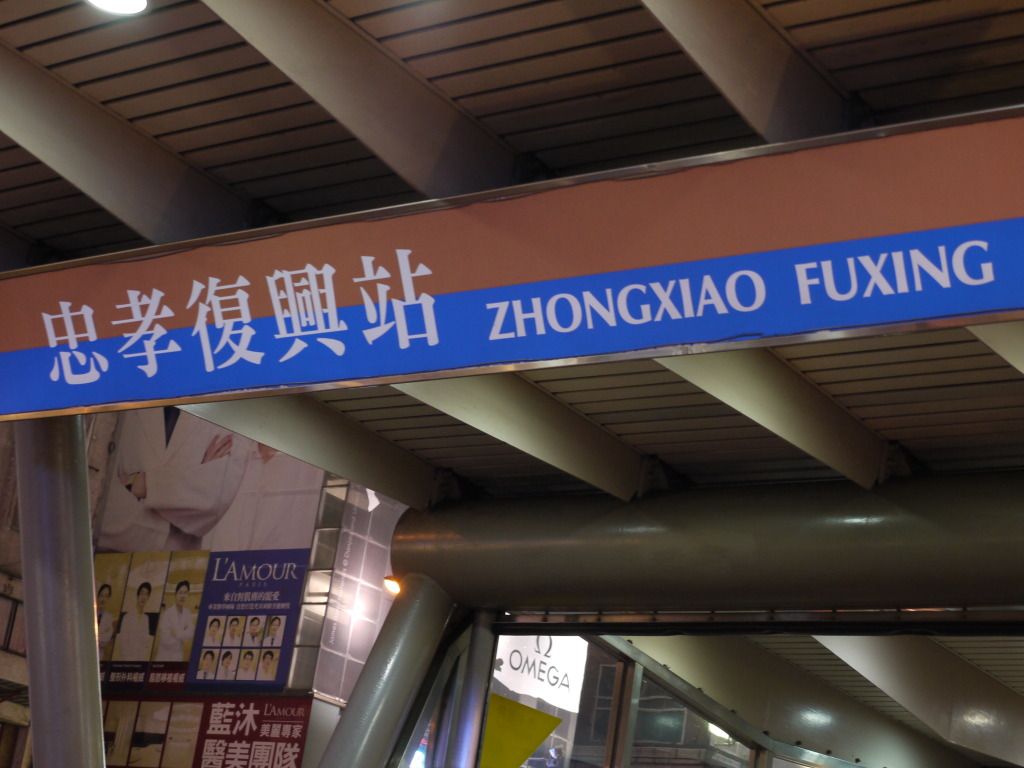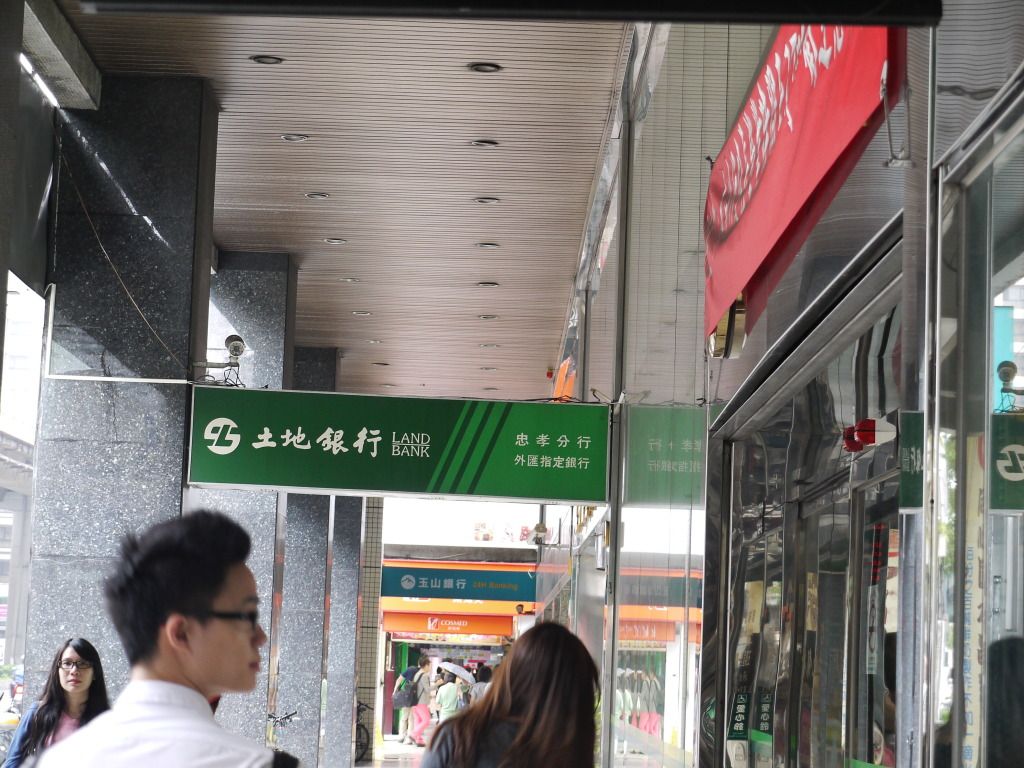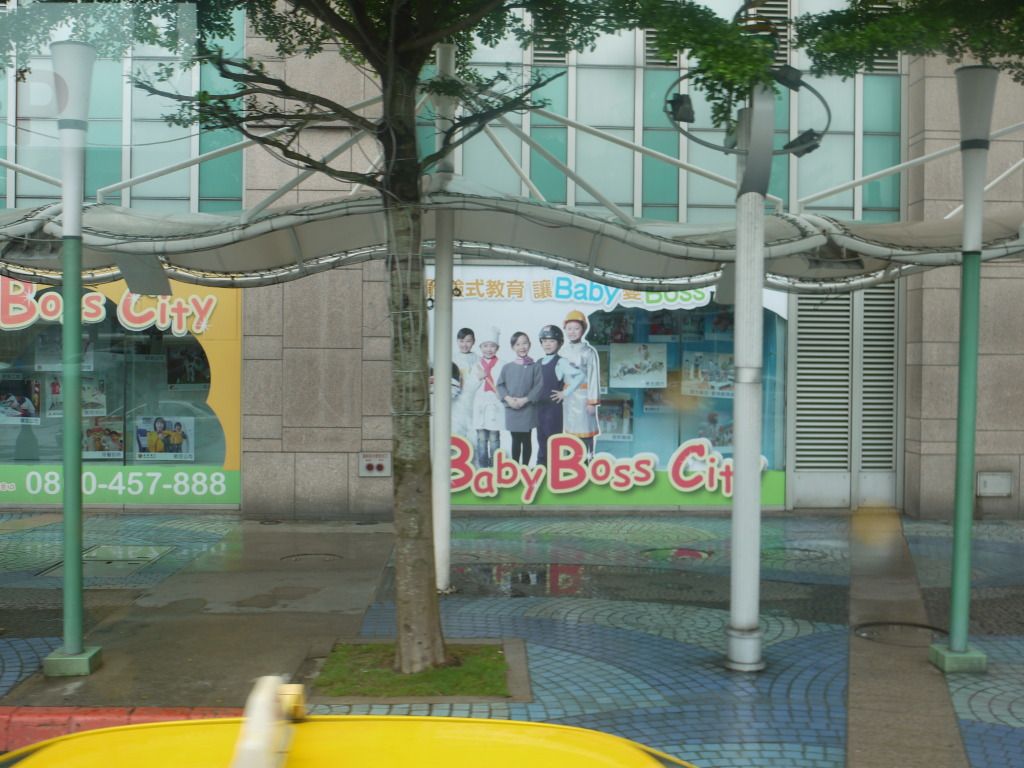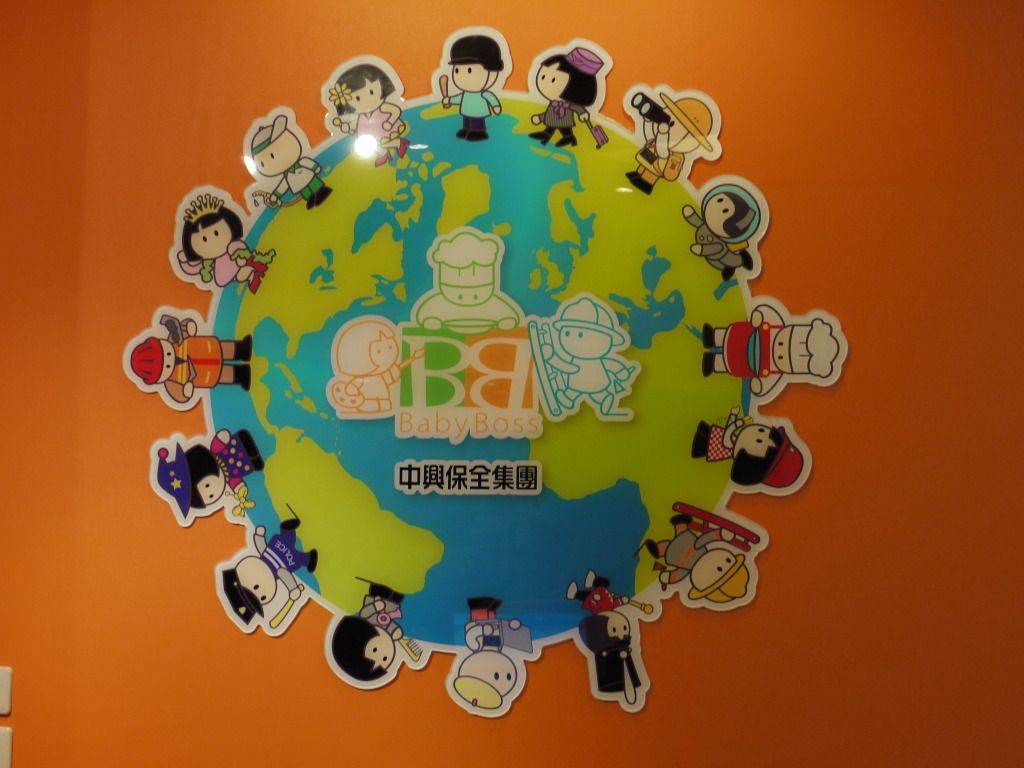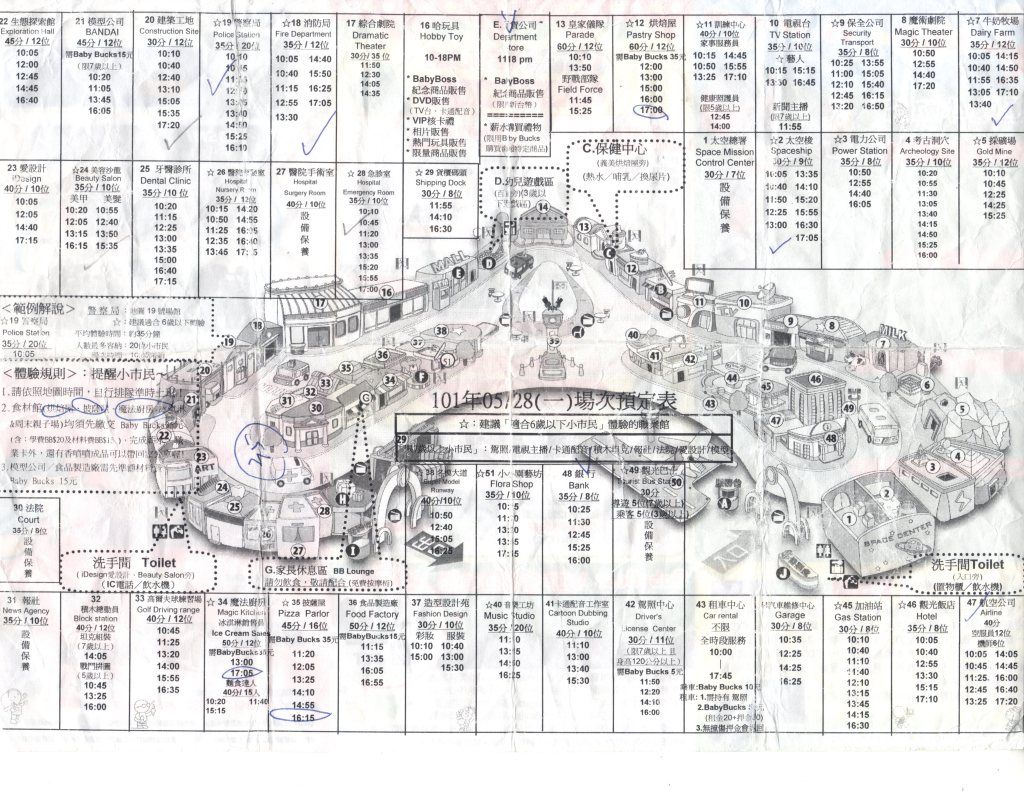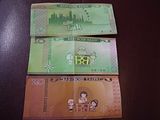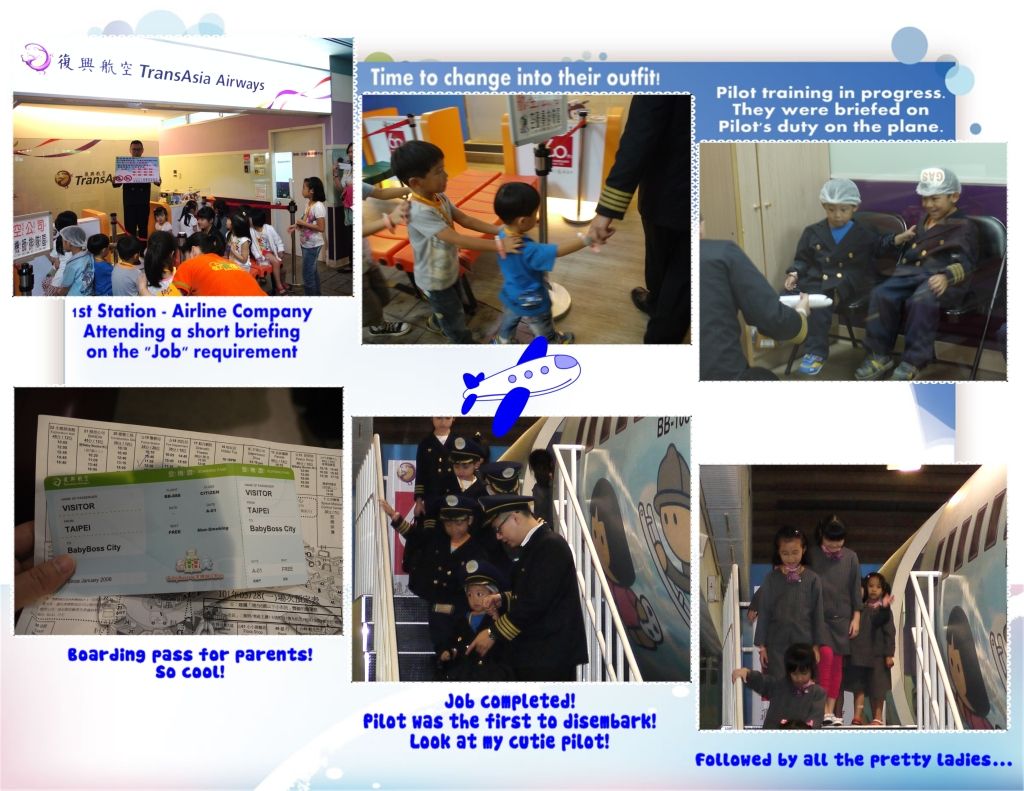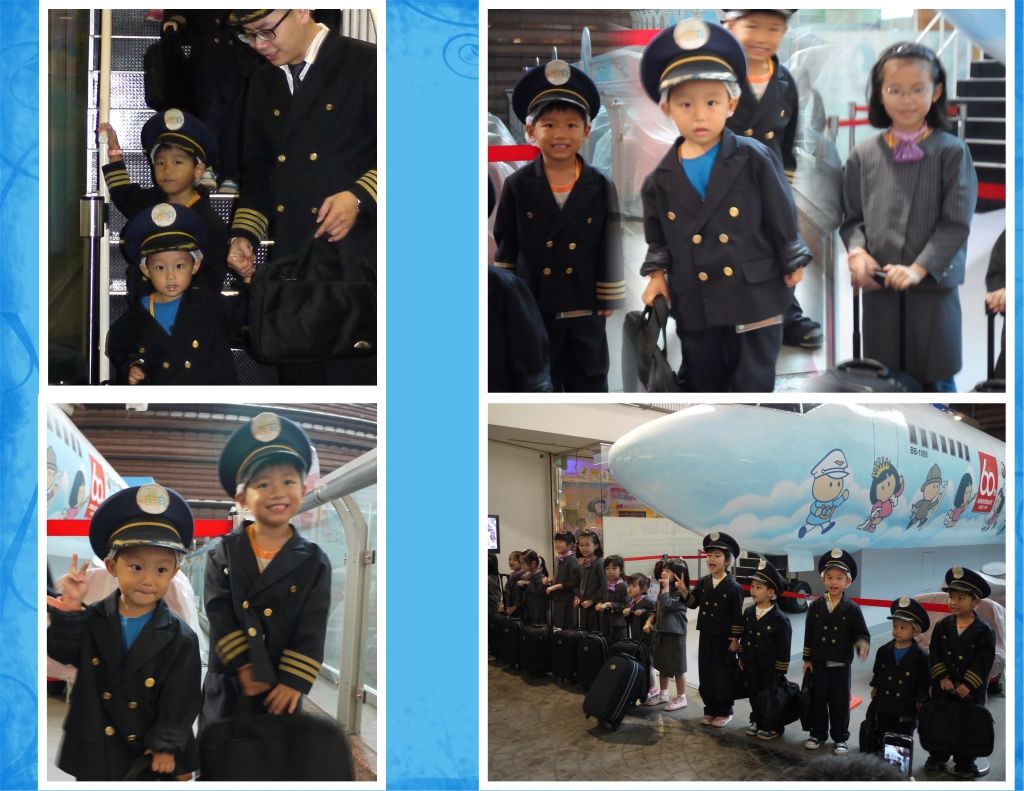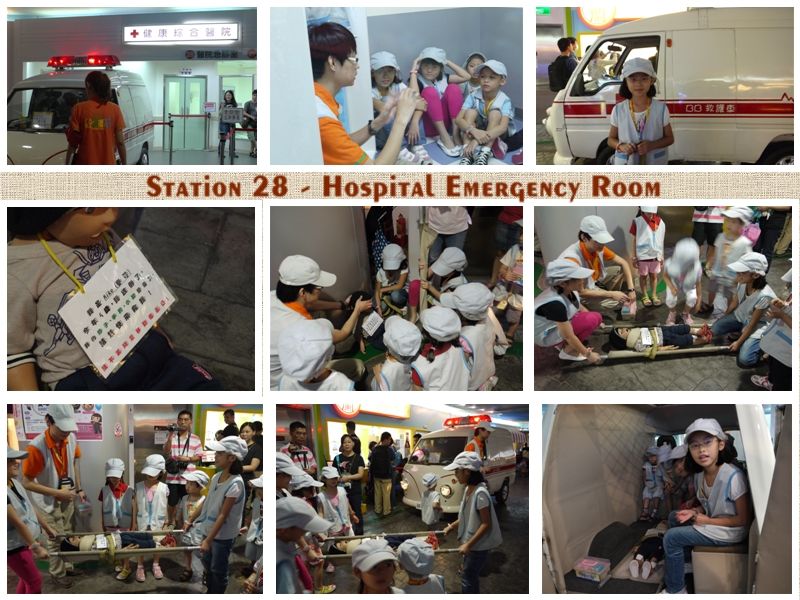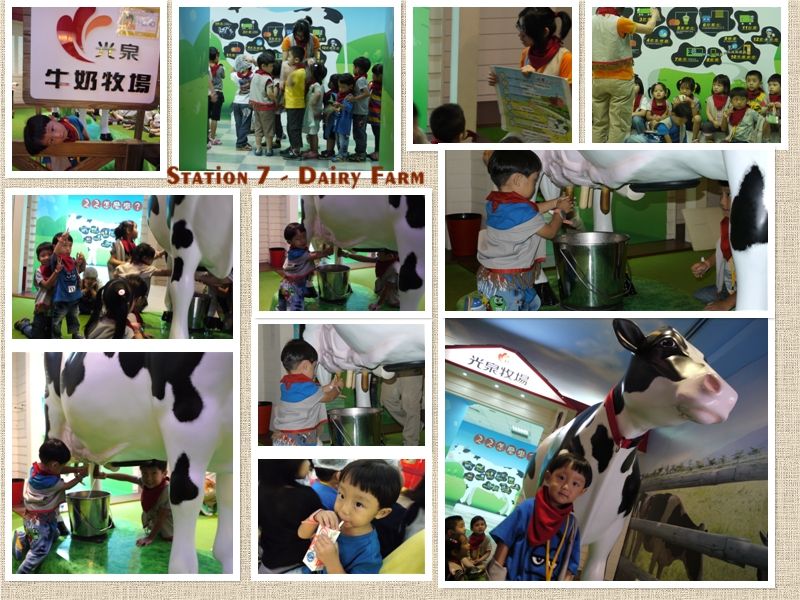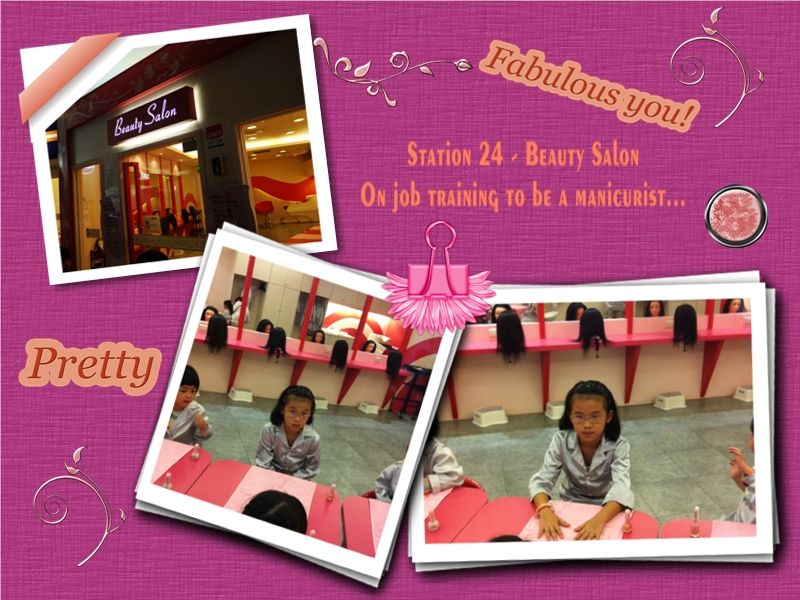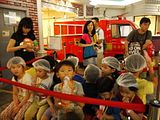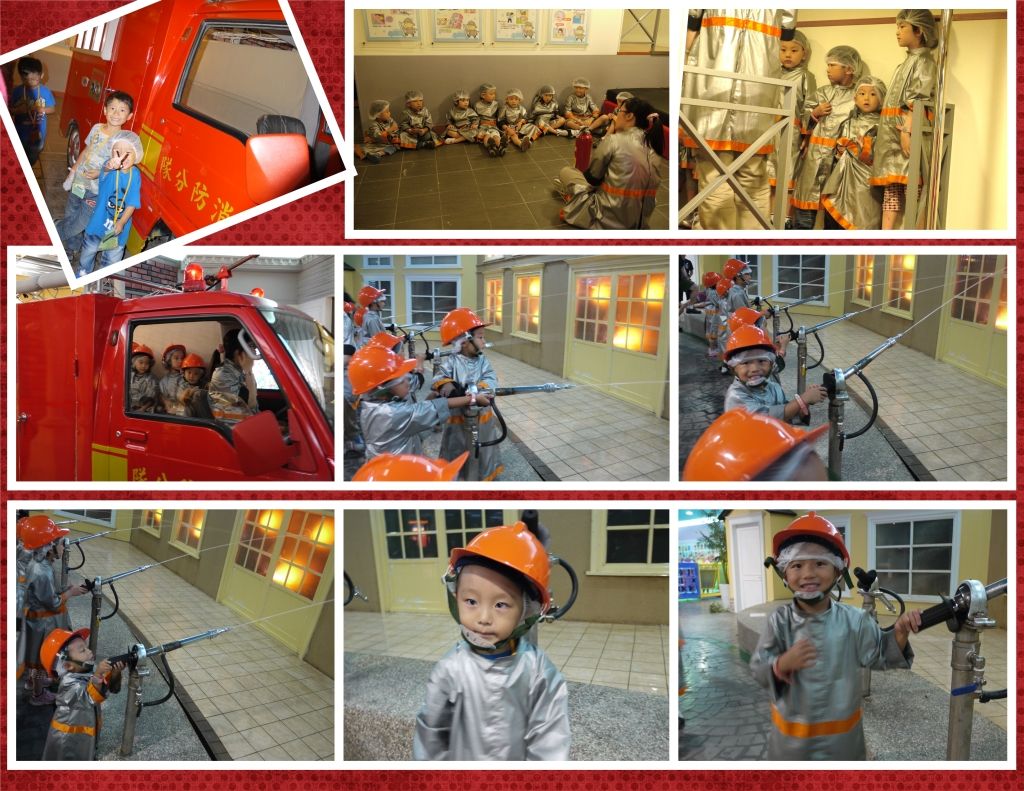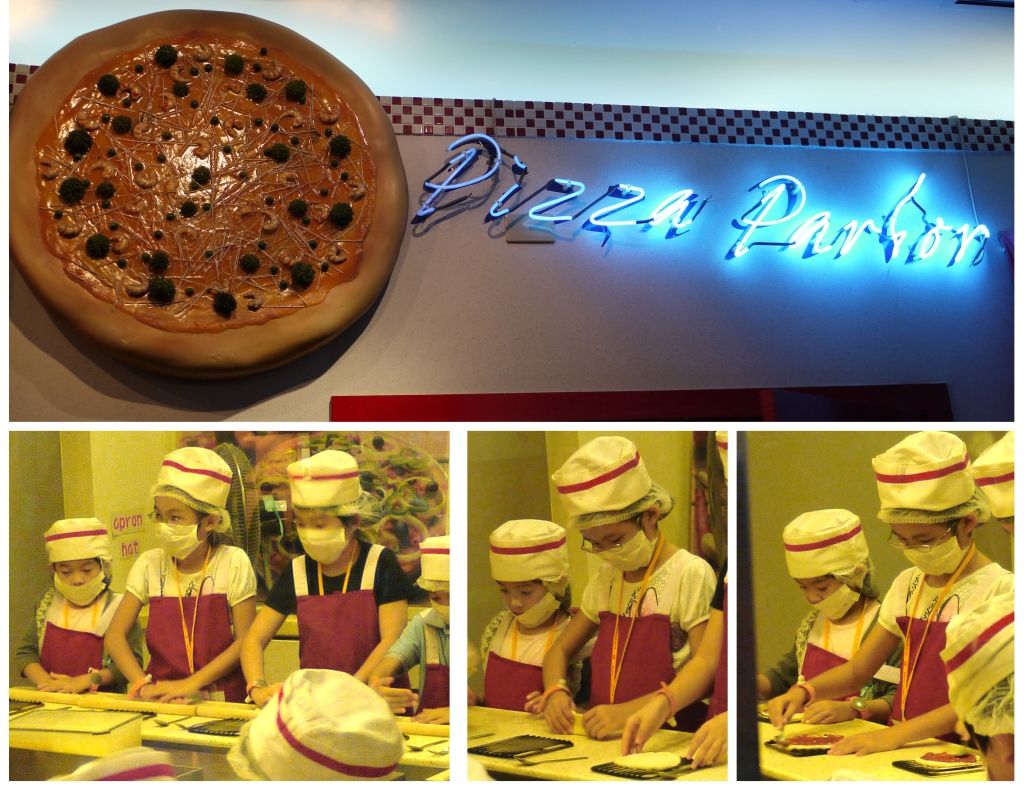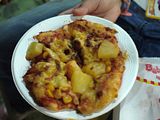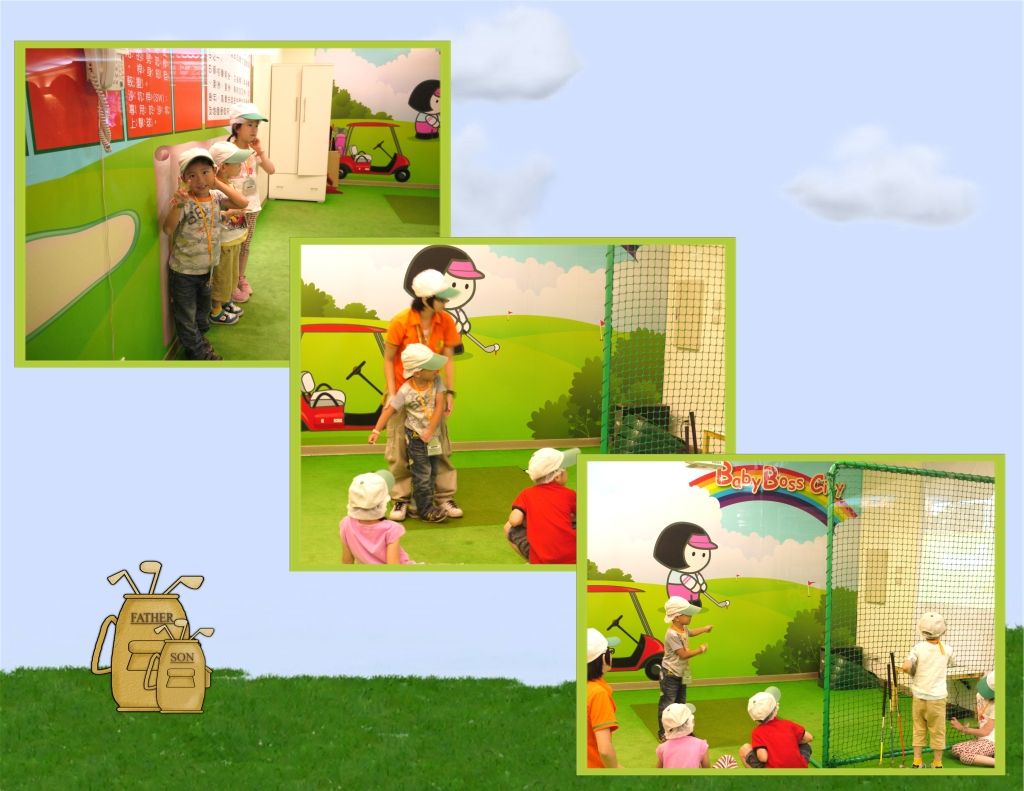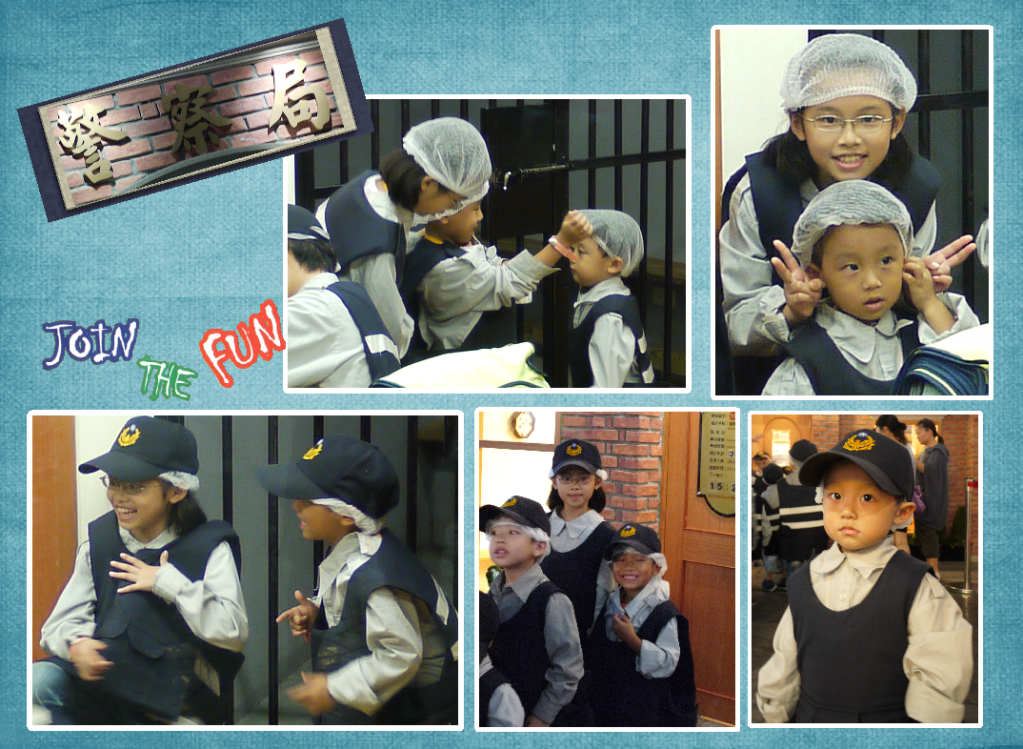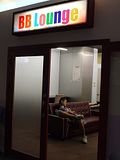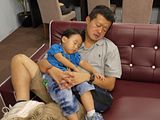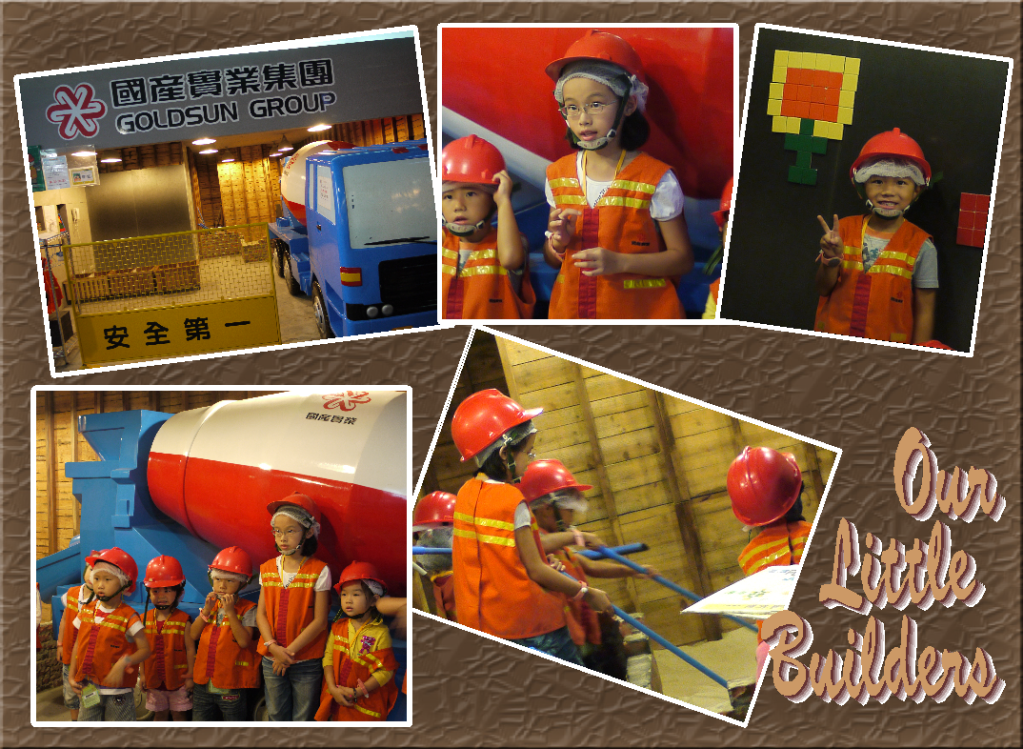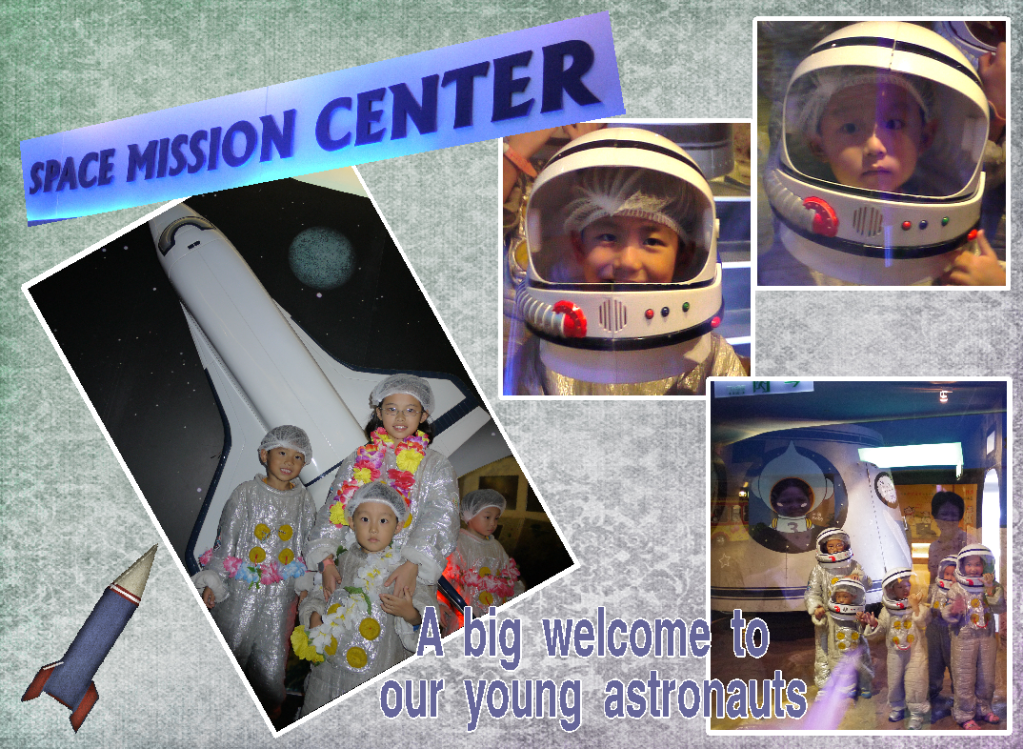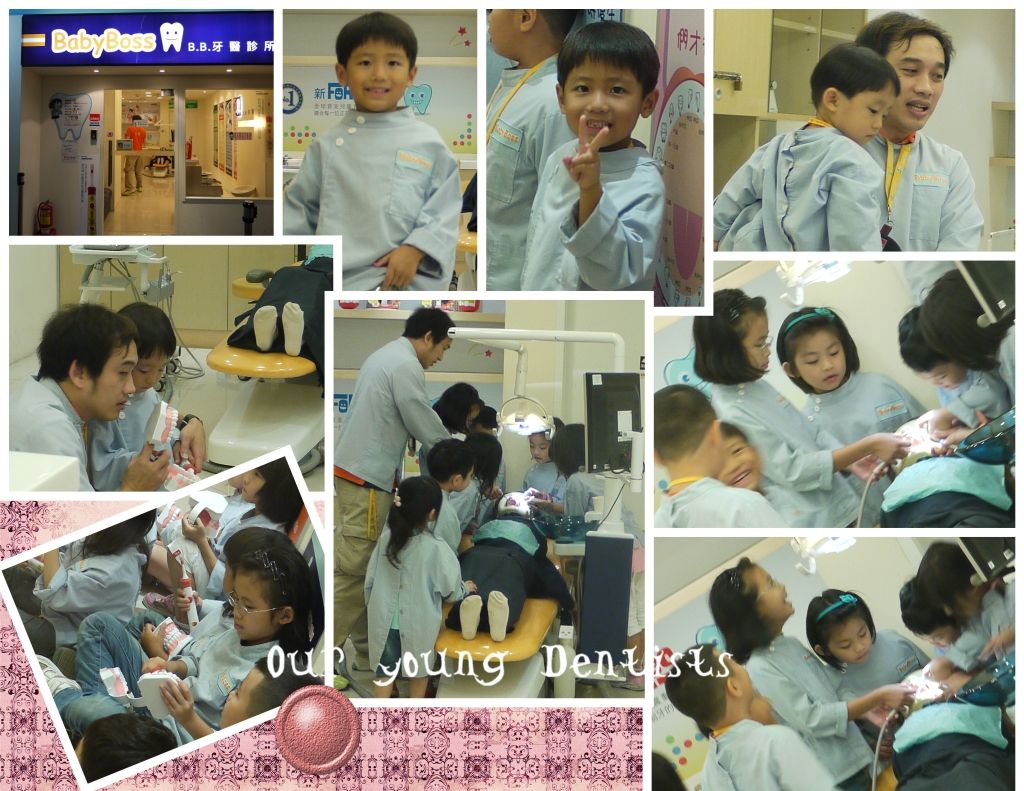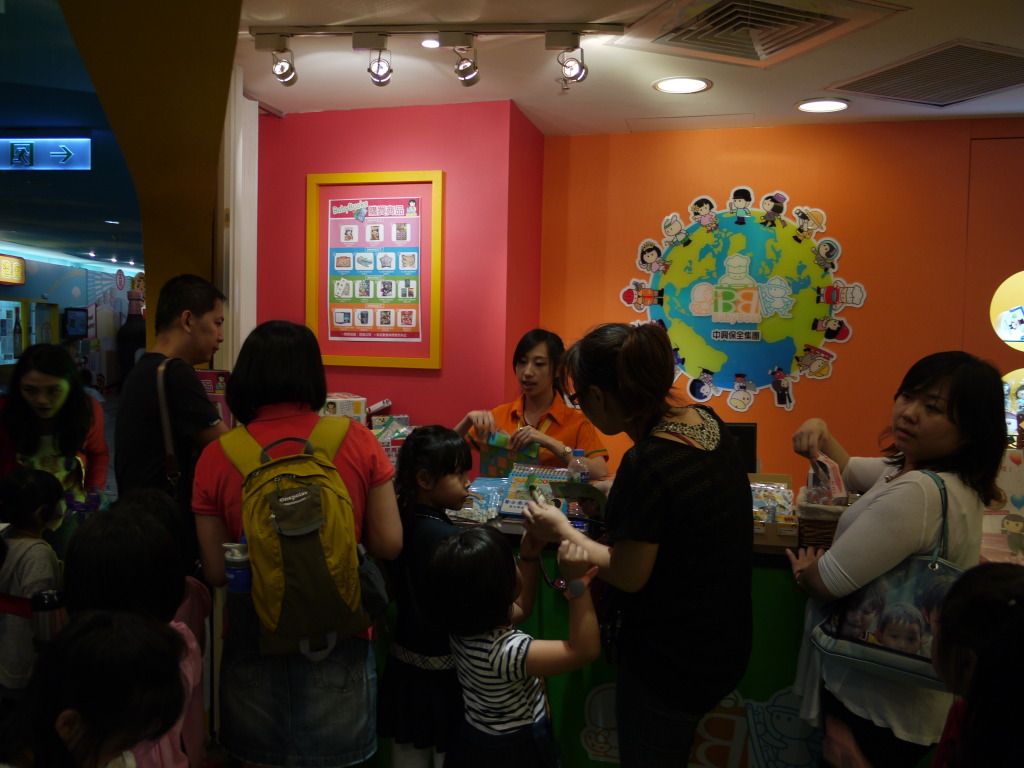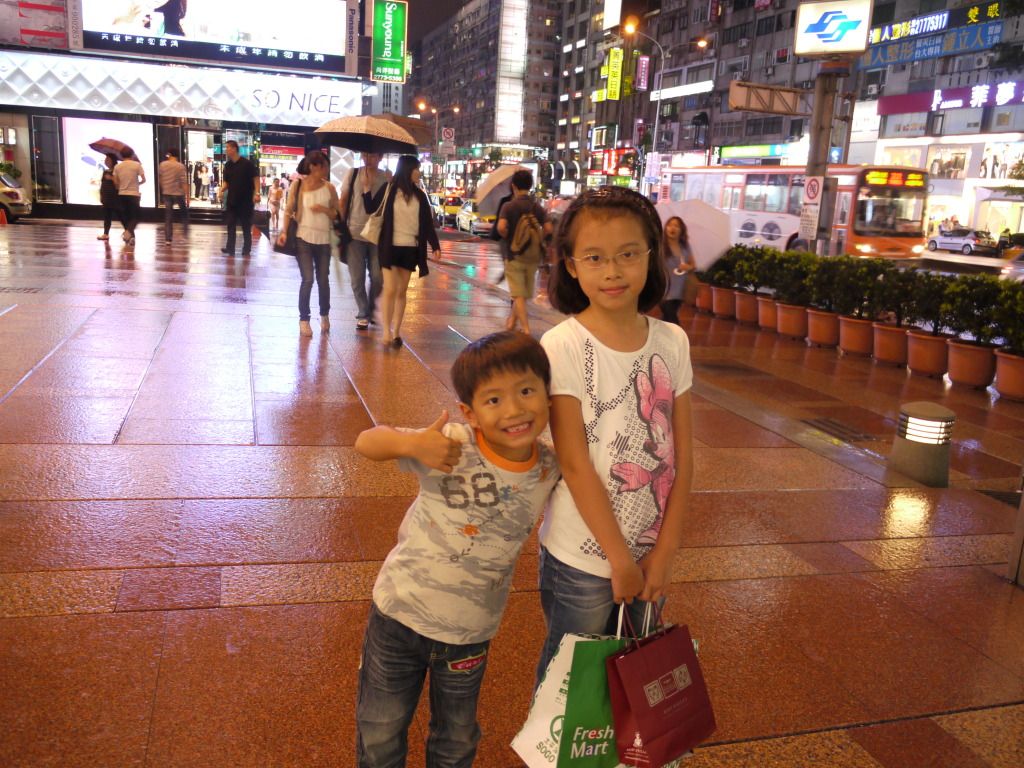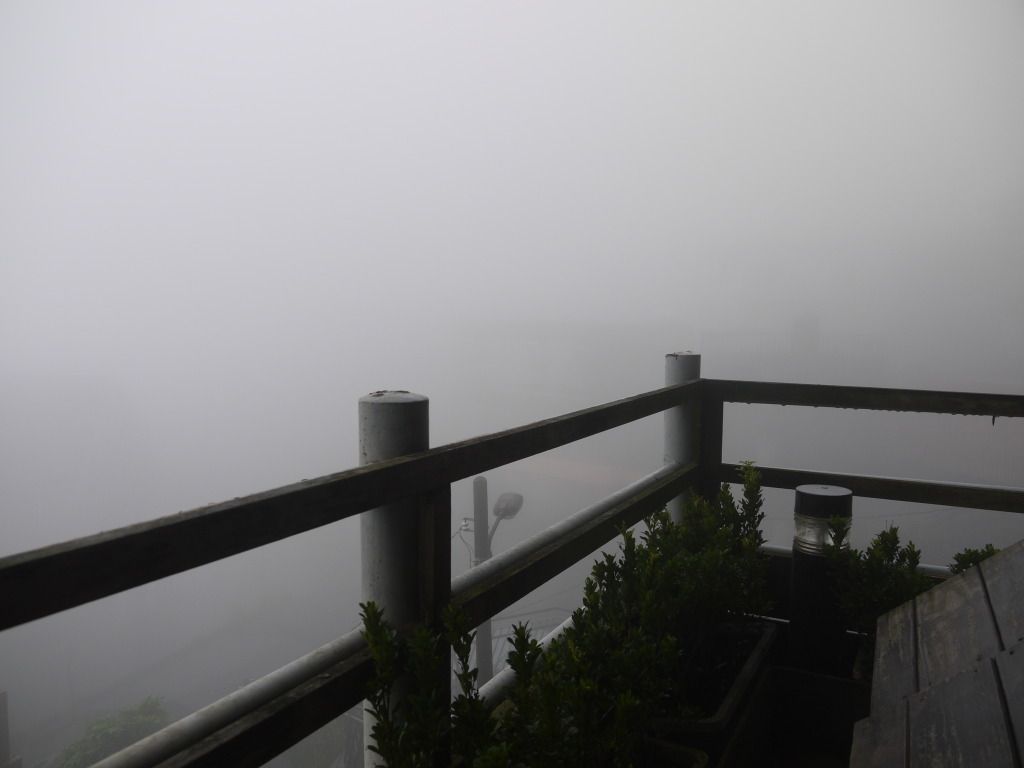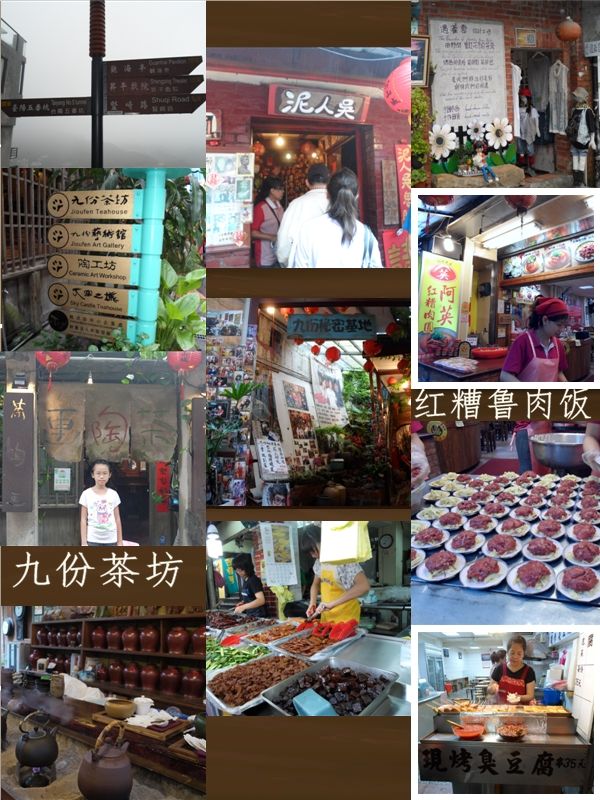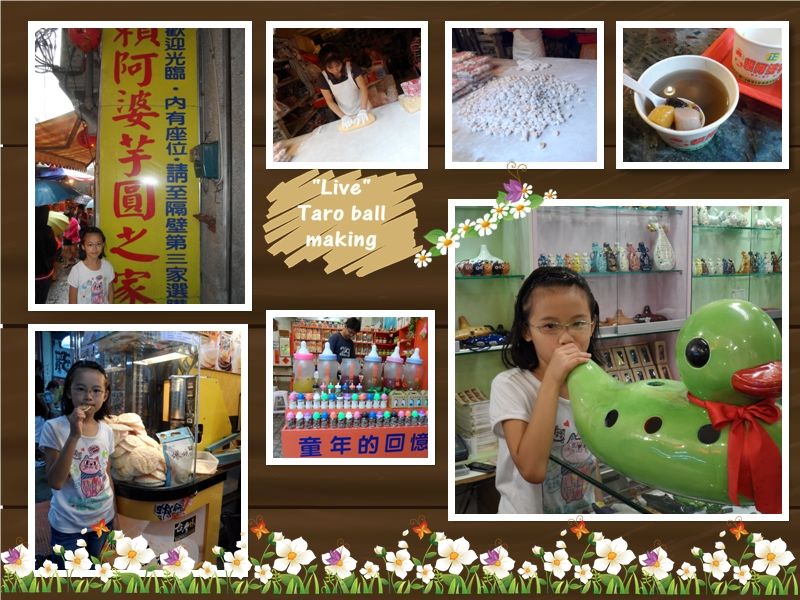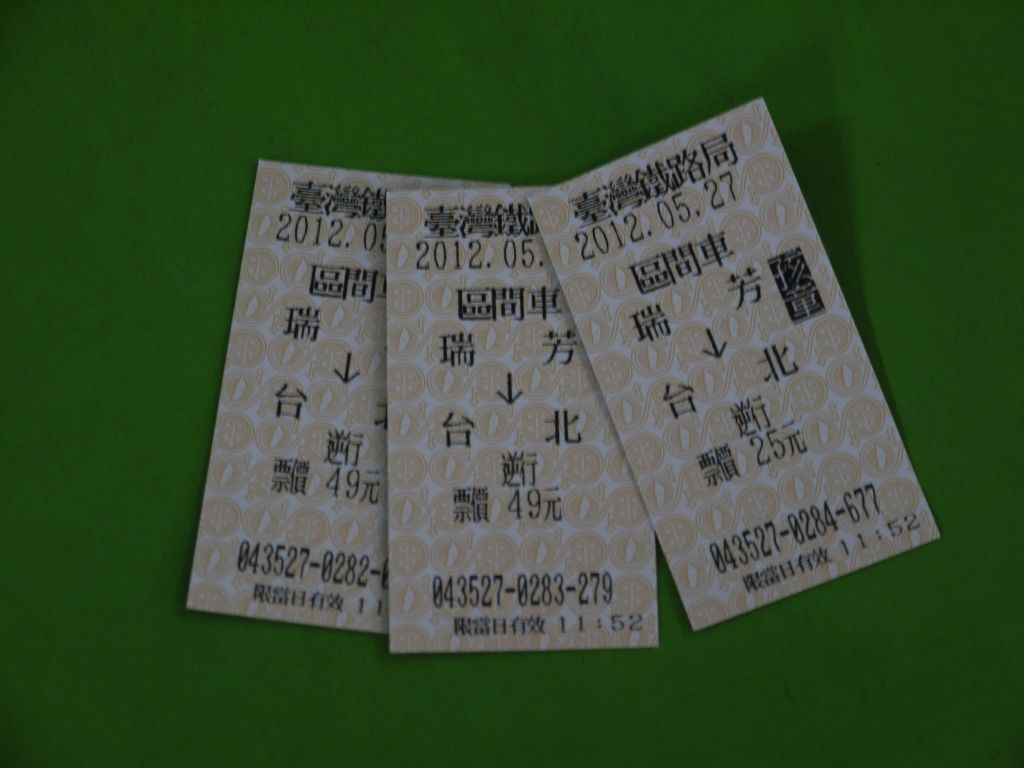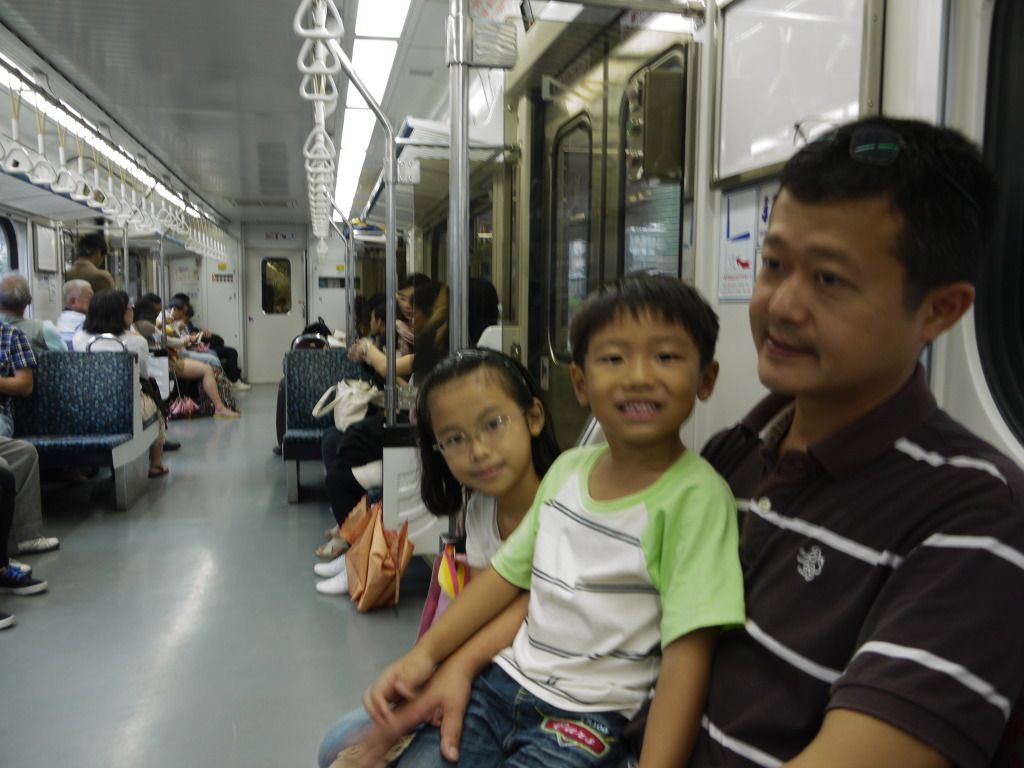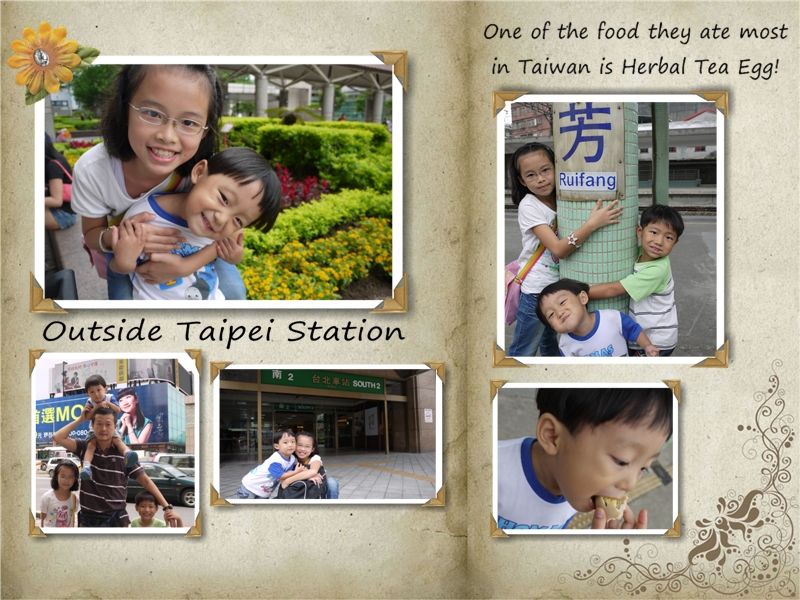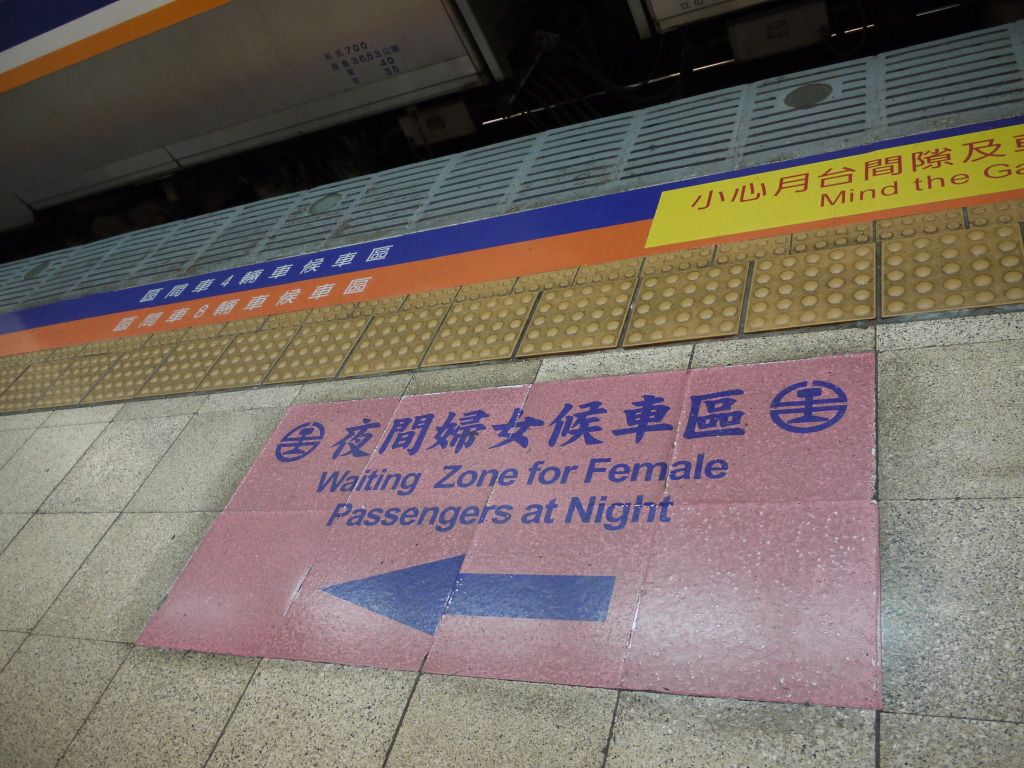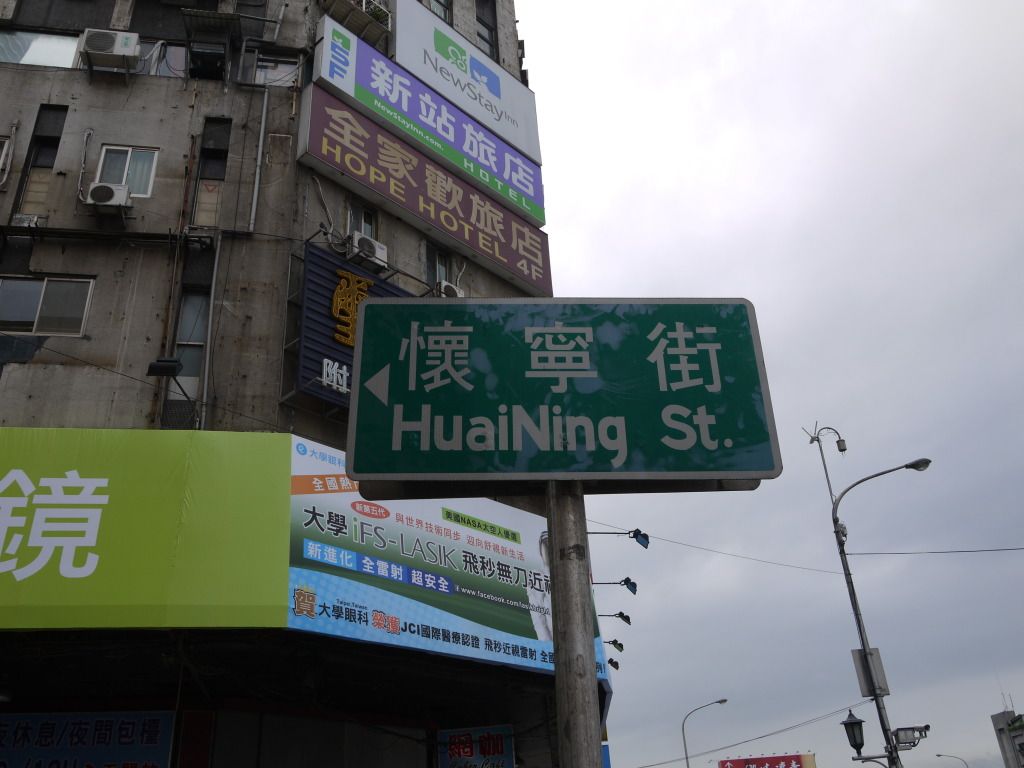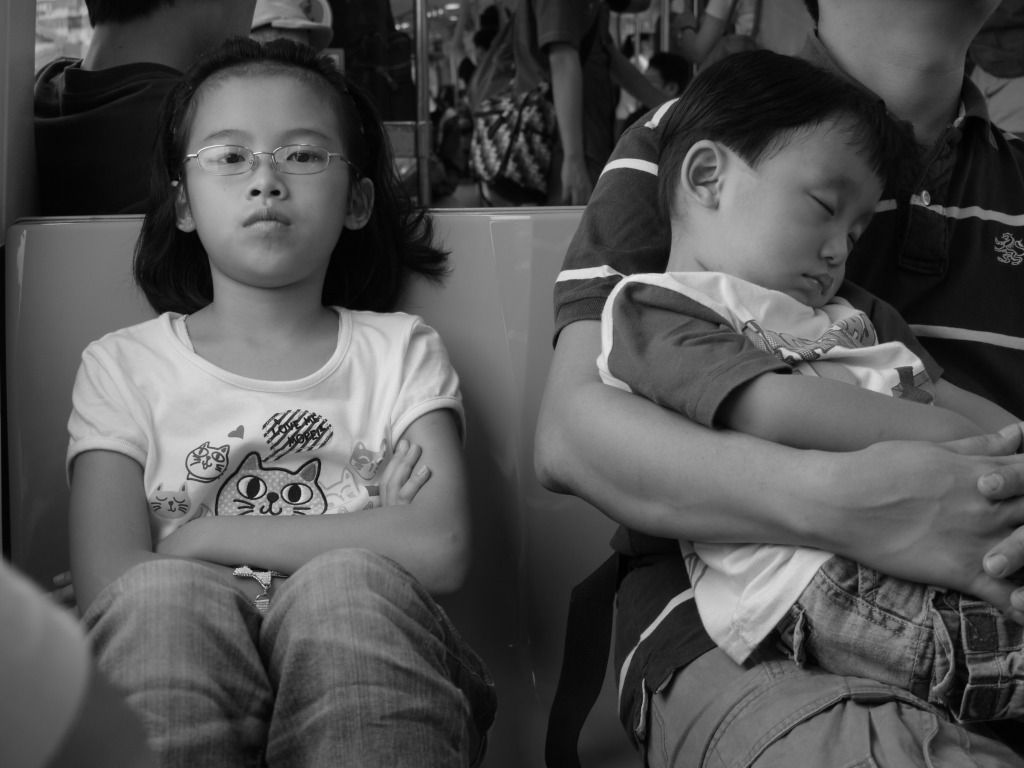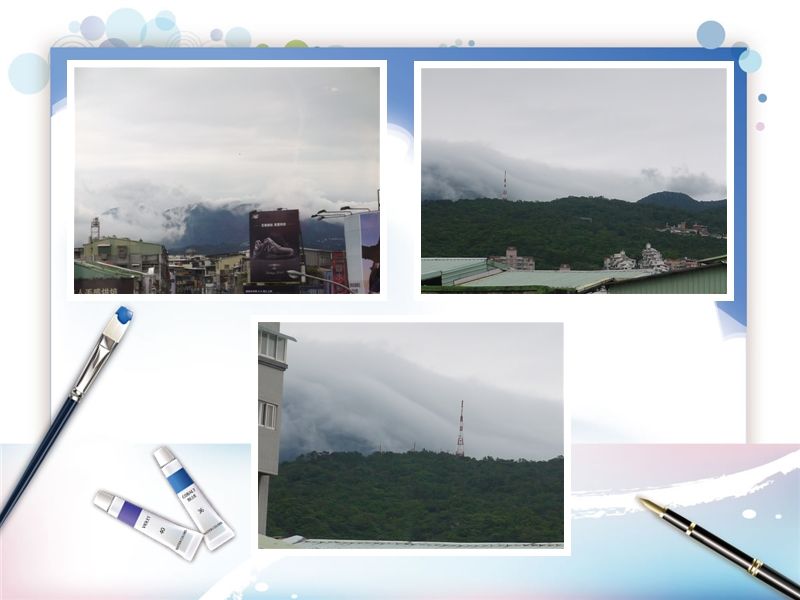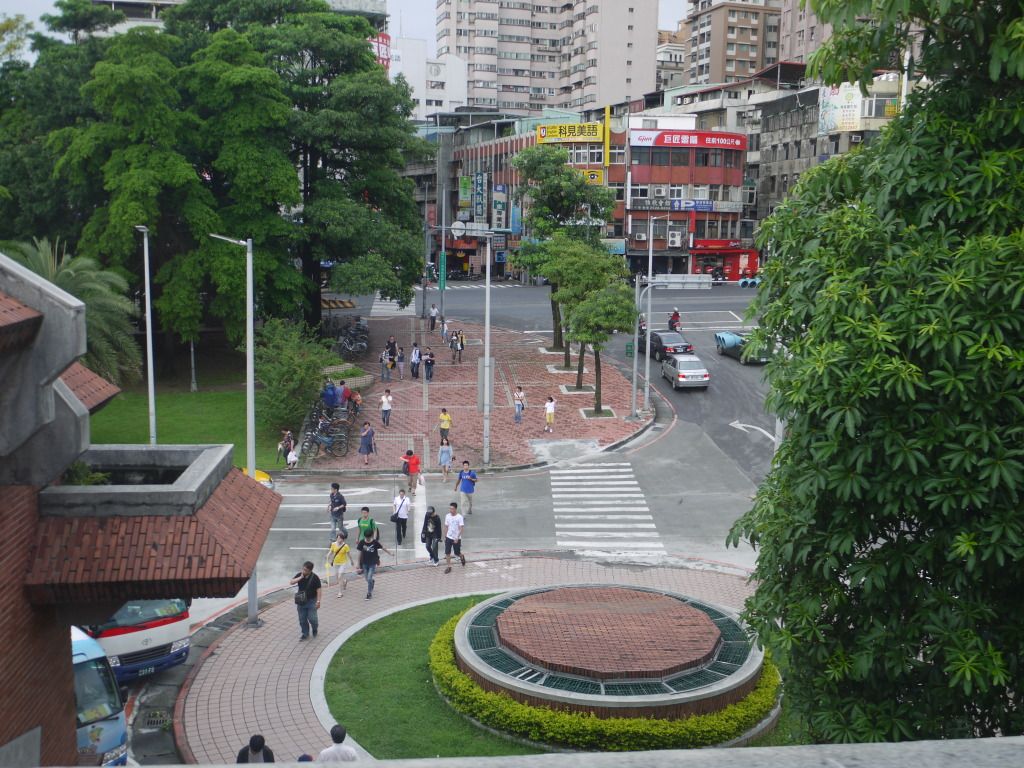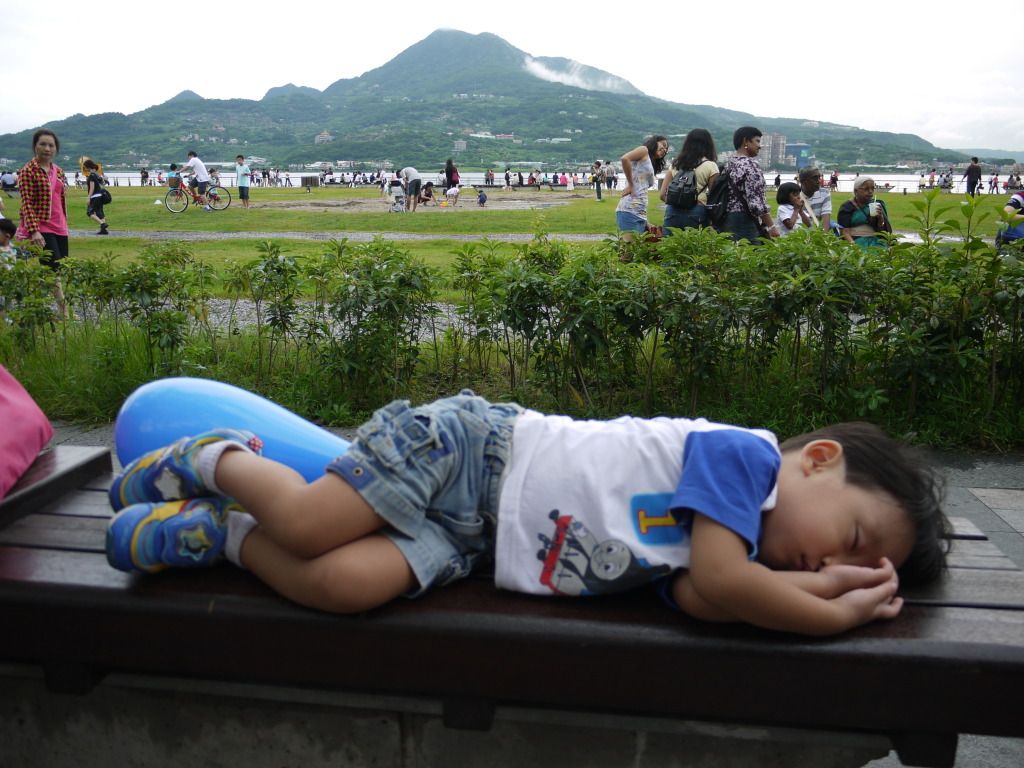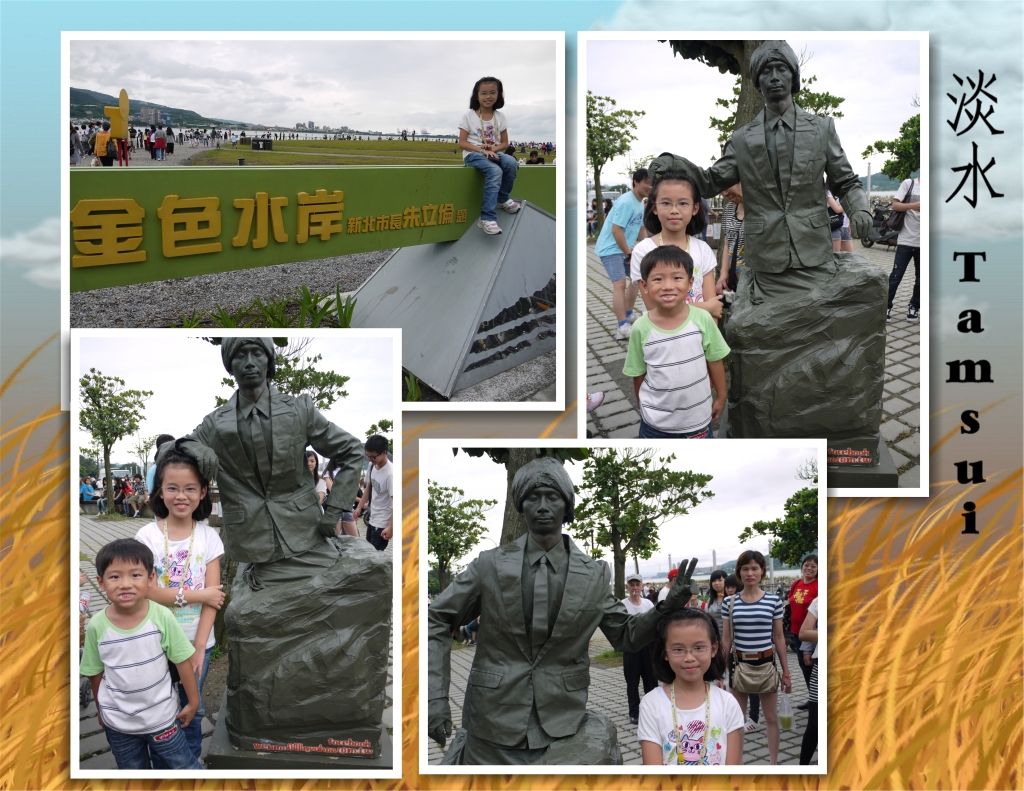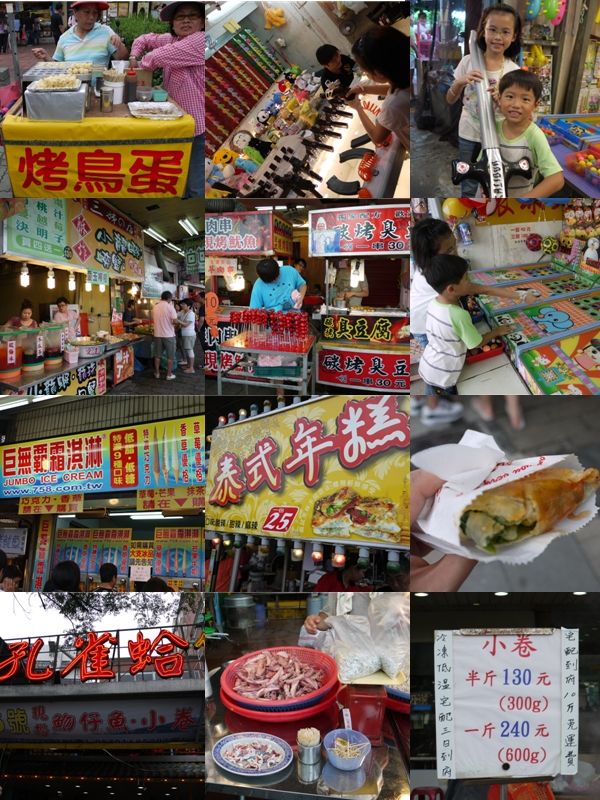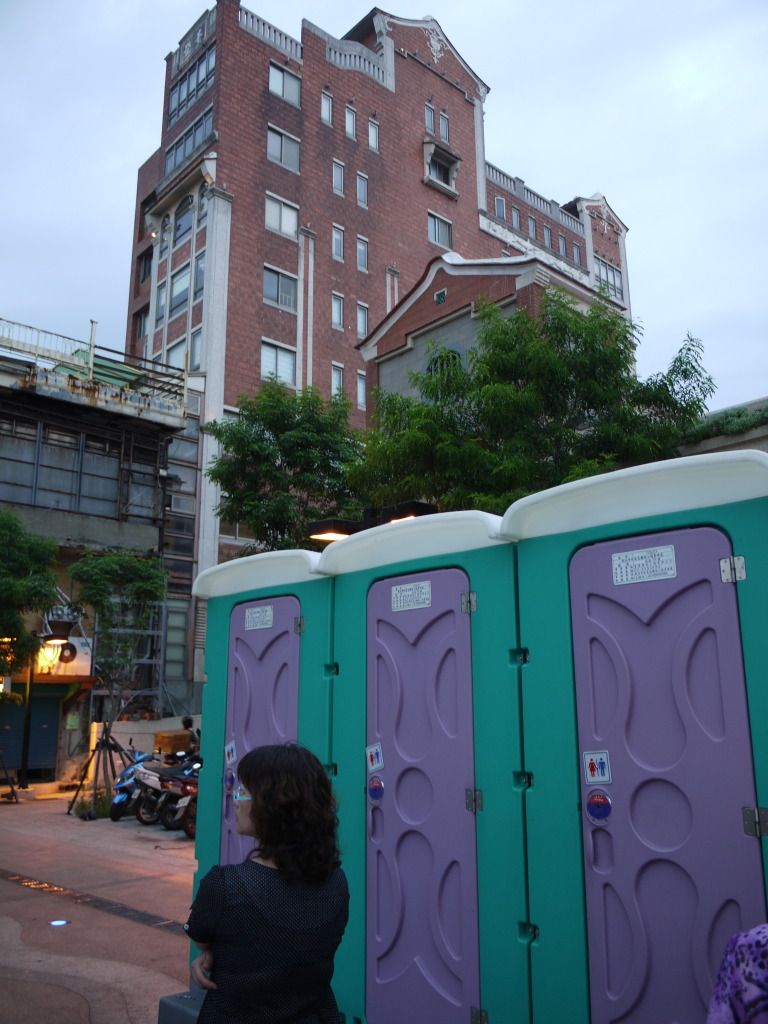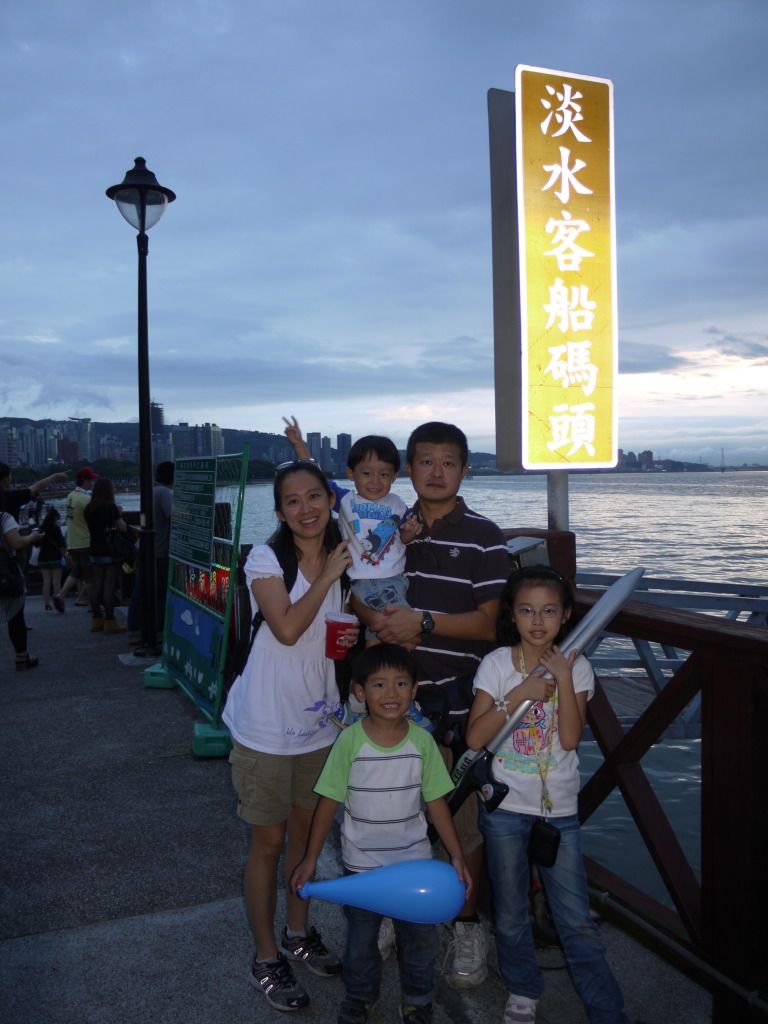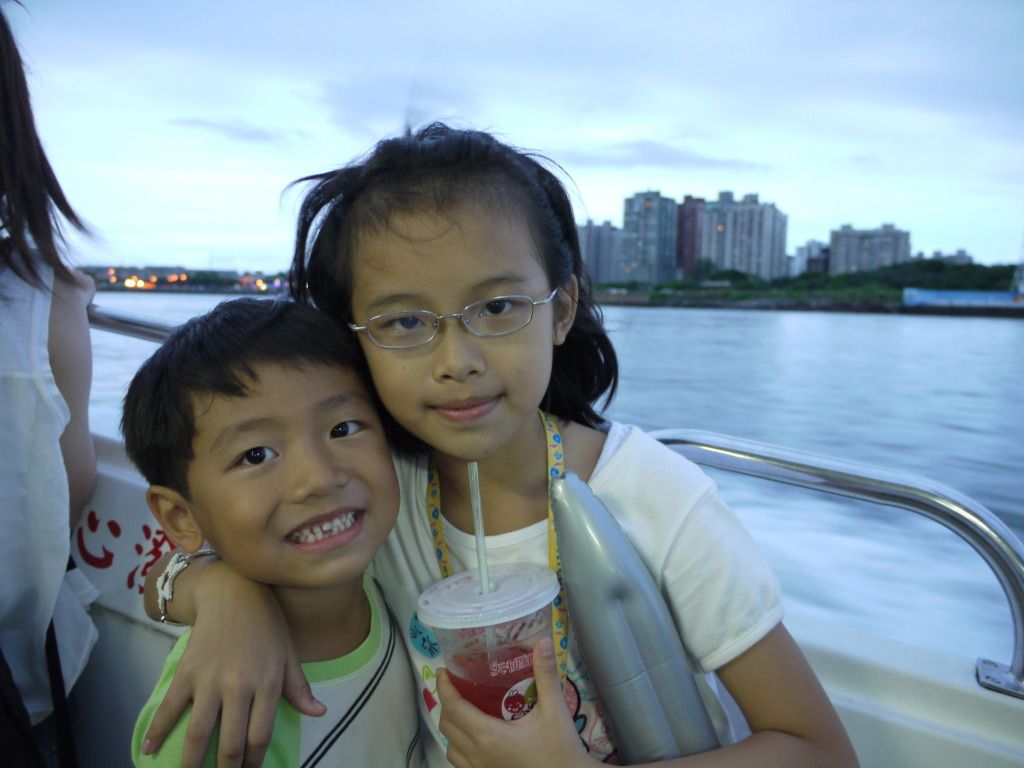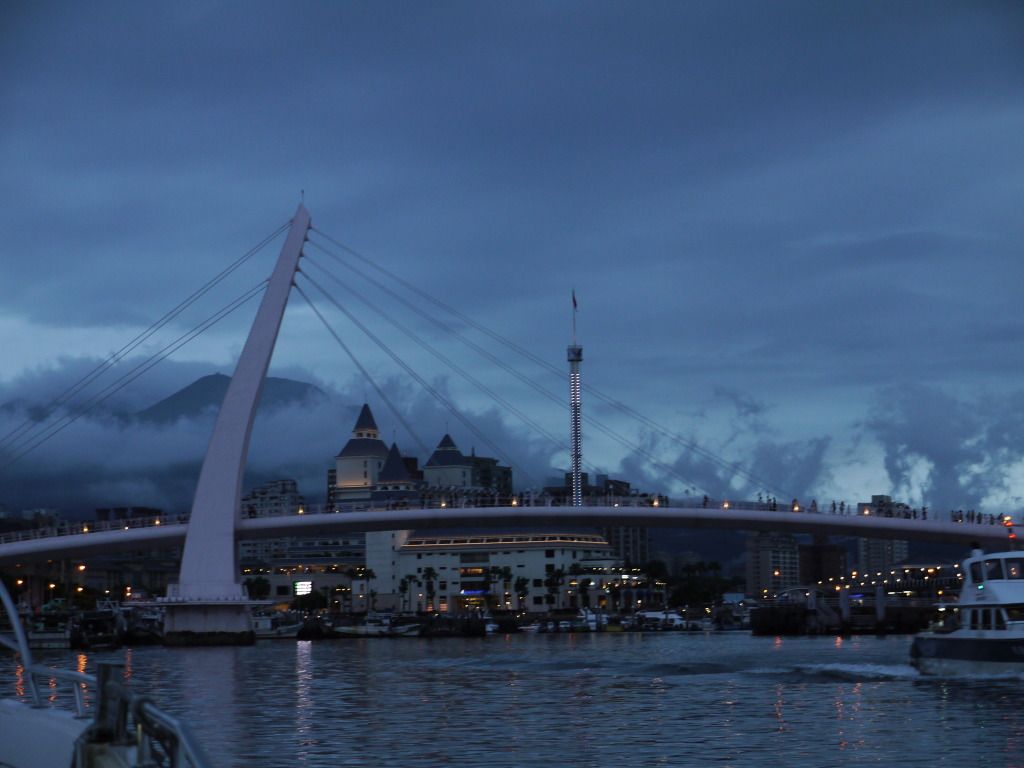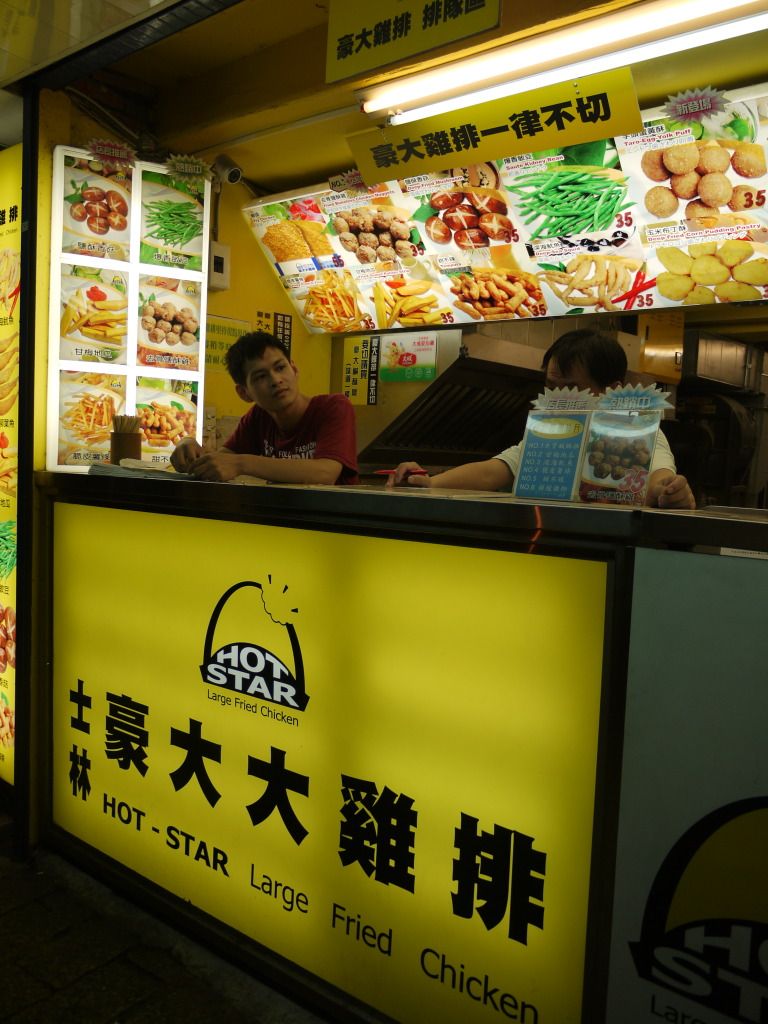Today's itinerary is an educational one.
We will be visiting a paper mill and also get our hands dirty with pottery making. We will also experience the High Speed Rail (HSR) for the first time. And most importantly, we will get to meet up with Rachel who was here with her school for her HCL Immersion Trip. All these is enough to excite the 3 kids and the daddy!
But to organise today's journey post some challenge. First, I must check the arrival time of the school. Then, must find out which HSR/ train station near Taichung has luggage deposit service. So grateful for the Sun Moon Lake tourist help desk (their email address: service@sunmoonlake.gov.tw) for their help on this and many more.
Here we go for the day journery...
Taipei HSR station is the same station as Taipei Main Station. Actually the Taipei Main Station has trains that brings you practically everywhere!
The HSR ticket vending machine is similiar to our MRT vending machine. Simple to use. There is a train arriving every half an hour, so no worry if you misses one. We took the train from Taipei to Taichung (Adult NT700 and Child NT350). We were told that children 6 and below travel free. Its a 45 minutes train ride and although at times its speed reaches 214km/hr, its still as smooth as riding on our MRT train. The seats are comfortable and spacious.
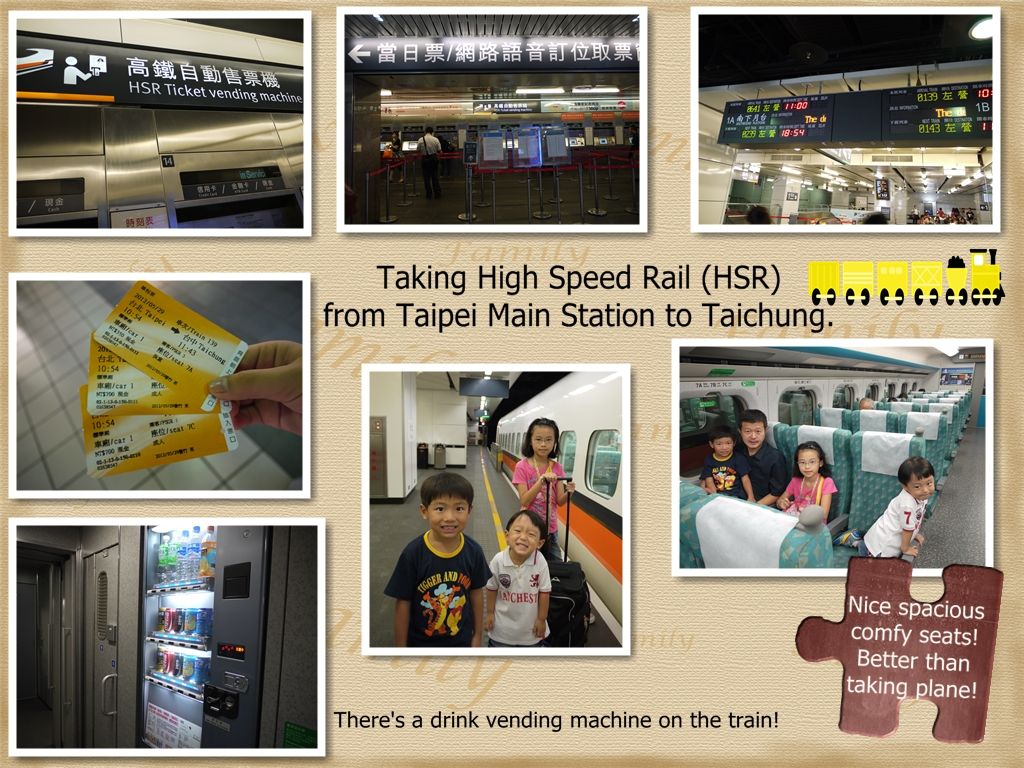 We alighted at Taichung. Hubby's job was to look after the 2 kiddos while Charmaine and I brought the luggage to the luggage deposit box at the connecting Xinwuri Station (新烏日車站) station. This is the only place you can deposit the big luggage as big luggage is not advisable to bring to SML (Sun Moon Lake). Most of their minsu/ hotel don't allow big luggage into their place.
We alighted at Taichung. Hubby's job was to look after the 2 kiddos while Charmaine and I brought the luggage to the luggage deposit box at the connecting Xinwuri Station (新烏日車站) station. This is the only place you can deposit the big luggage as big luggage is not advisable to bring to SML (Sun Moon Lake). Most of their minsu/ hotel don't allow big luggage into their place.
I was told that each locker can only take maximum dimension of 40x80 but think its bigger than that.
Instructions are in English and Chinese, so no problem at all. But if one go during the peak season, then there may be problem in securing a locker.
There's actually a bus service at the Taichung HSR station that will bring us down to Puli but we will still need to take a cab to the paper mill and the whole journey will take approximately 2 hour.
This is the travel advice given by the tourist helpdesk:
在台中高鐵站搭乘「南投客運:台中-日月潭線」抵達埔里,
因此路線有些班次不進埔里市區,提醒您於購票時先與站務人員確認班次。
台中高鐵至埔里約1至1.5小時,因沒有公車直達廣興紙寮(Guang Xing Paper Mill),
請您於南投客運埔里總站下車後,搭乘計程車車前往廣興紙寮。
The bus fees is NT130 (A) and NT65 (C)
With young children, its not easy to get them sit still on the bus for that long, so hubby decided to take the cab directly from Taichung to Guang Xing Paper Mill (廣興紙寮) instead. Its a 45 mins taxi ride and the fare comes up to NT1350. We reached the place at 1.30pm. There's no restaurant in sight and we were glad we had a heavy breakfast and some bites at the Taichung HSR station.
We were greeted by their in-house tour guide when we reached and we were being shown around the whole place starting with the introduction of the different types of paper and their uses. Then we were shown different type of barks used for different type of papers. Lastly, he showed us the steps how they uses the bark and water and turn them into the paper we use.
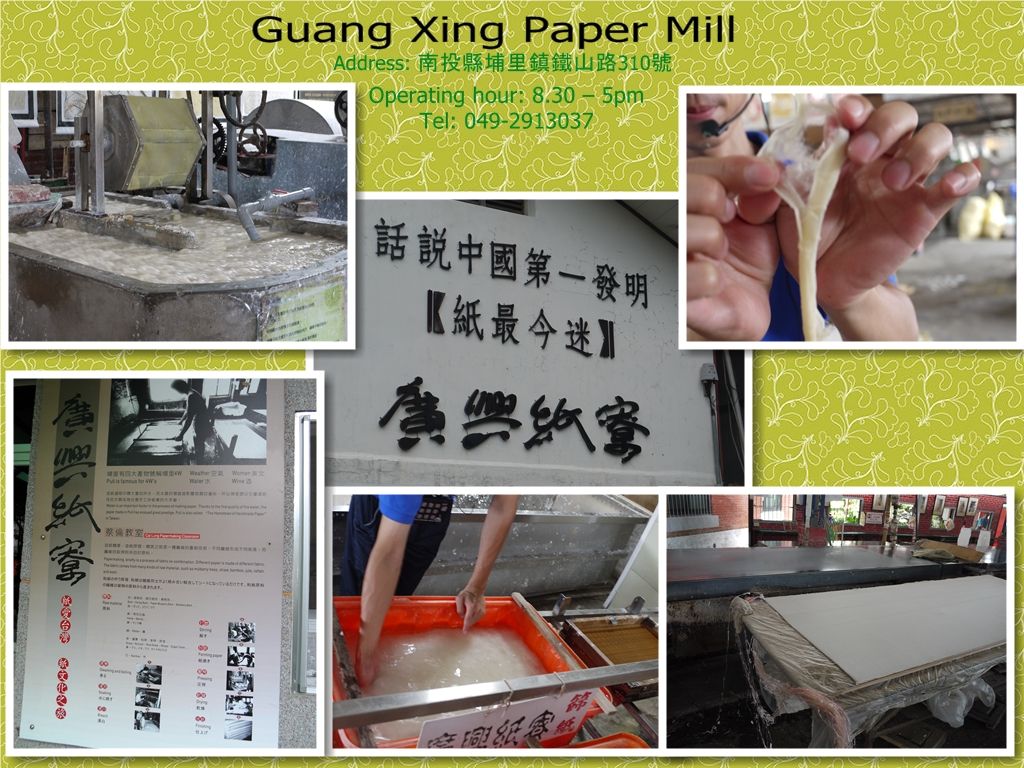 Then its DIY time! They each choose the "design" they want and the guide guided them along the way. Nicholas was initially not very comfortable putting his hands in the cold milky water but after his sister did it, he gamely gave it a try and enjoys the whole process.
Then its DIY time! They each choose the "design" they want and the guide guided them along the way. Nicholas was initially not very comfortable putting his hands in the cold milky water but after his sister did it, he gamely gave it a try and enjoys the whole process.First, they got to "form" their paper, followed by "pressing" to squeeze out the water, then turned it onto the hotplate to dry the paper completely and their paper is done. Finally its the designing time which took up most of the time. By the time they are done, its closed to 3pm. Usually, they don't need such long time but because mine are perfectionist, they do it slowly to get a perfect finish piece.
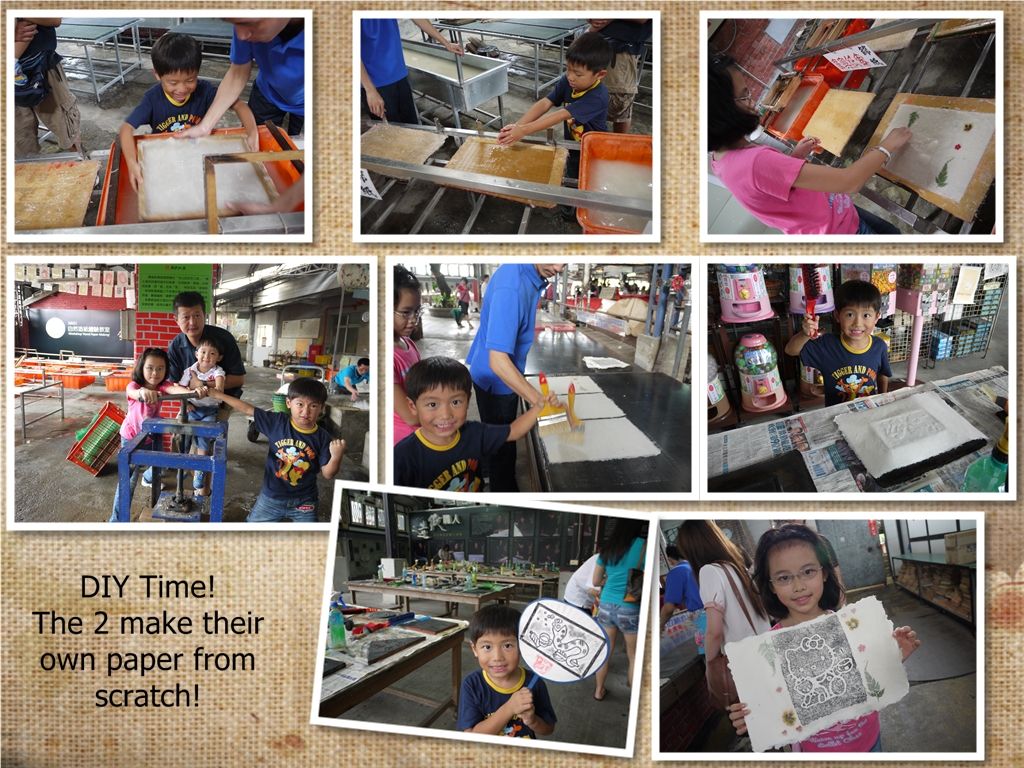 Rachel still not here when we are done and thus, we had initially wanted to move on but just as we were about to leave for our next program, we saw a group of girls in maroon colour shirt coming in and then, we spotted HER! The siblings were so happy to be united again! Really, absence makes the heart grow fonder! They hugged each other tightly and chatted up. Rachel had lost her voice (as usual whenever she stay out) and so the loving father bought a bottle of honey water for her. We stayed for a while more and left. I'm not sure if we did the right thing to meet her because she was closed to tears when we bid goodbye to her.
Rachel still not here when we are done and thus, we had initially wanted to move on but just as we were about to leave for our next program, we saw a group of girls in maroon colour shirt coming in and then, we spotted HER! The siblings were so happy to be united again! Really, absence makes the heart grow fonder! They hugged each other tightly and chatted up. Rachel had lost her voice (as usual whenever she stay out) and so the loving father bought a bottle of honey water for her. We stayed for a while more and left. I'm not sure if we did the right thing to meet her because she was closed to tears when we bid goodbye to her.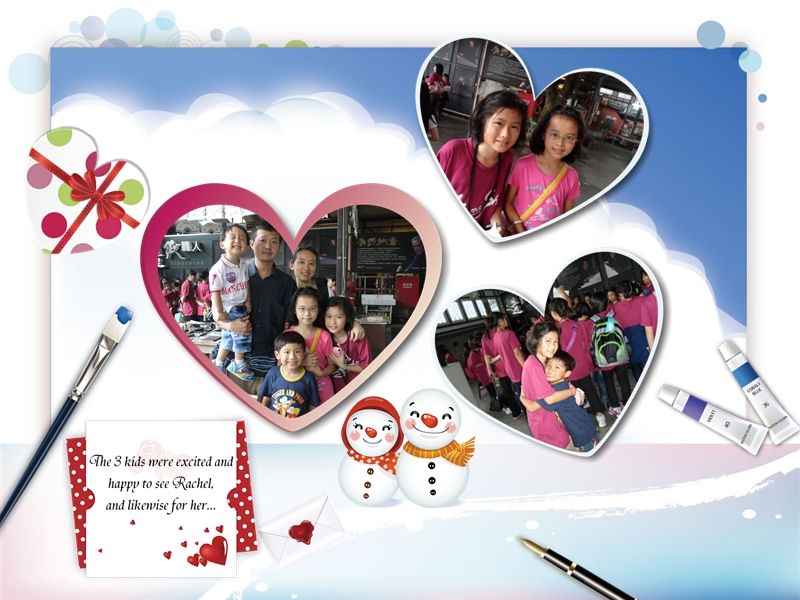 We left the paper mill at about 3.30pm after the lady there help us book a cab. The cab will send us to Qin Shou Kiln at No.
1-22, Wun Jheng Lane, Jhong Ming Village, Yuchih, Nantou County. Telephone:
886-49-2898702 and wait for us there for about 45 minutes before sending us to Cherng Yuan Hotel at Ita Thao Pier. It costs us NT700. The journey from the paper mill to the Kiln is about 15 mins and from there to hotel took us another 15 mins.
We left the paper mill at about 3.30pm after the lady there help us book a cab. The cab will send us to Qin Shou Kiln at No.
1-22, Wun Jheng Lane, Jhong Ming Village, Yuchih, Nantou County. Telephone:
886-49-2898702 and wait for us there for about 45 minutes before sending us to Cherng Yuan Hotel at Ita Thao Pier. It costs us NT700. The journey from the paper mill to the Kiln is about 15 mins and from there to hotel took us another 15 mins.
Each experience cost NT150. If we decided to bake it, it will cost another NT100. As the baking take days, they are able to ship the completed set to us in Singapore for NT1000 (for 2 items). Thinking back, we should have paid for the freight to bring back the items. It will be a good memories for the kids. Anyhow, they enjoyed their pottery making and although we only paid for 2, they gave Ryan some to play with too!
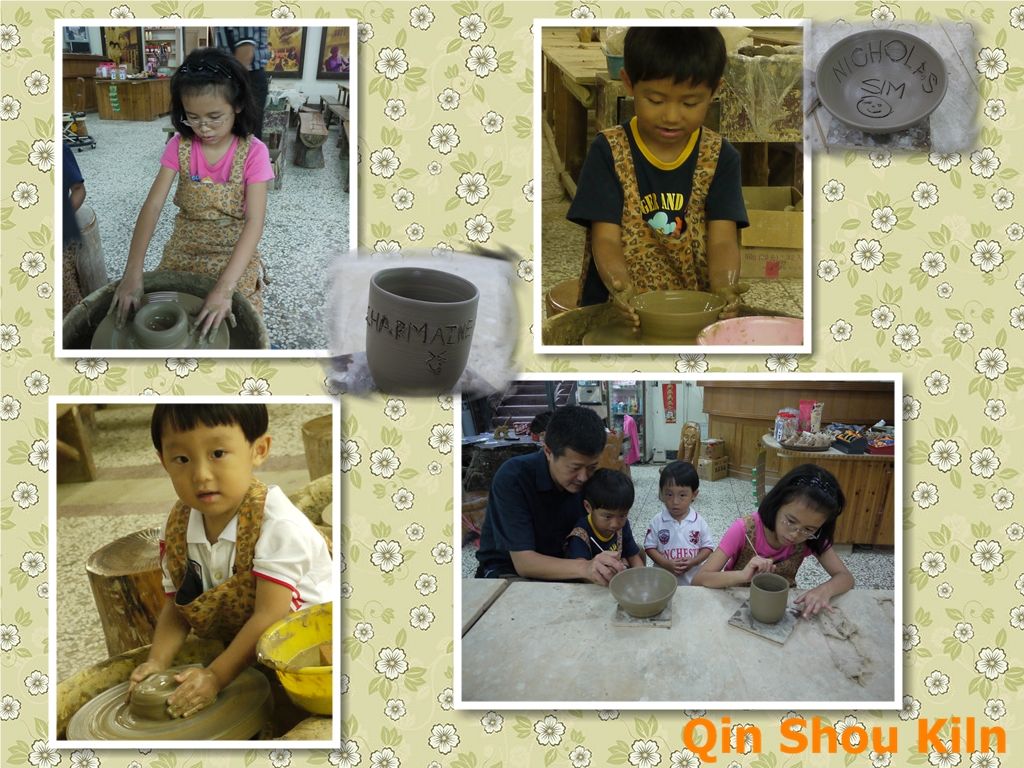 We paid S$230 (NT8800) for the family room, including breakfast. The price a little steep but I like the location. Its right in the heart of their Ita Thao Village and walking distant to the Cable car station to Formosa Aboriginal Culture village. And the room is nicely decorated, spacious and fantastic view of the pier. The kids fell in love with the room the moment we step in. They were charmed by the beautiful lake view. The owner is very friendly and even helped us with the hand luggage.
We paid S$230 (NT8800) for the family room, including breakfast. The price a little steep but I like the location. Its right in the heart of their Ita Thao Village and walking distant to the Cable car station to Formosa Aboriginal Culture village. And the room is nicely decorated, spacious and fantastic view of the pier. The kids fell in love with the room the moment we step in. They were charmed by the beautiful lake view. The owner is very friendly and even helped us with the hand luggage. The top pictures are the reception cum bar counter of the hotel.
The bottom pictures are the day and night view from our room.
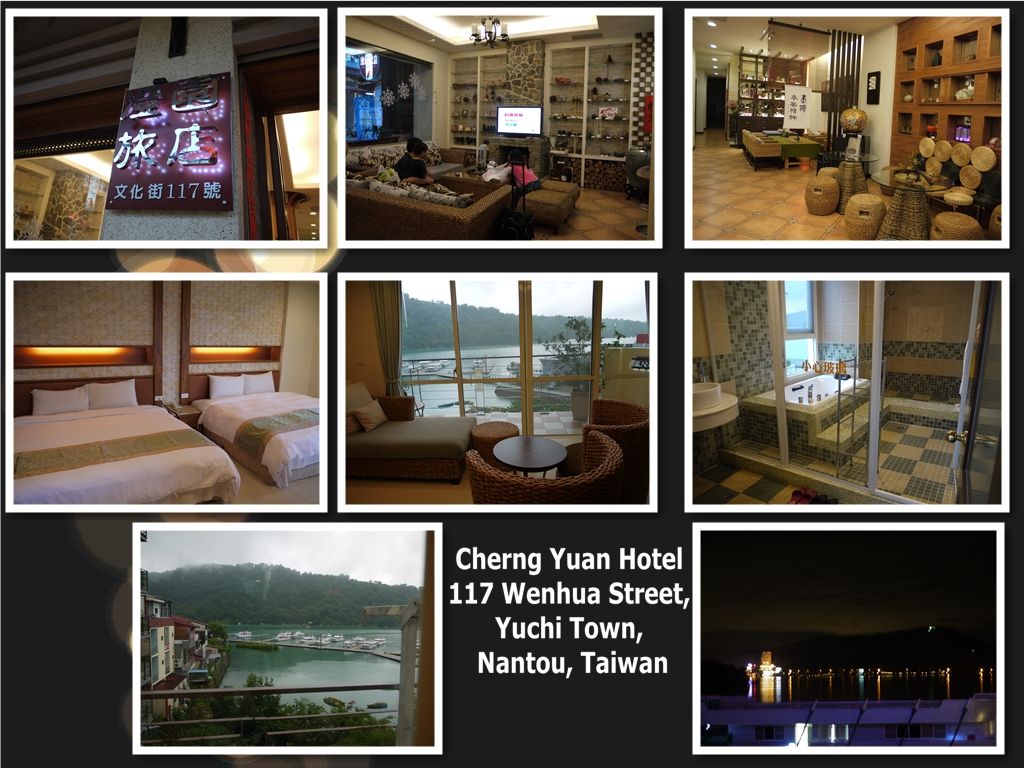
Chased the kiddos out of the room before the shops closes. The shops there closes around 6pm. We had a great time walking around.
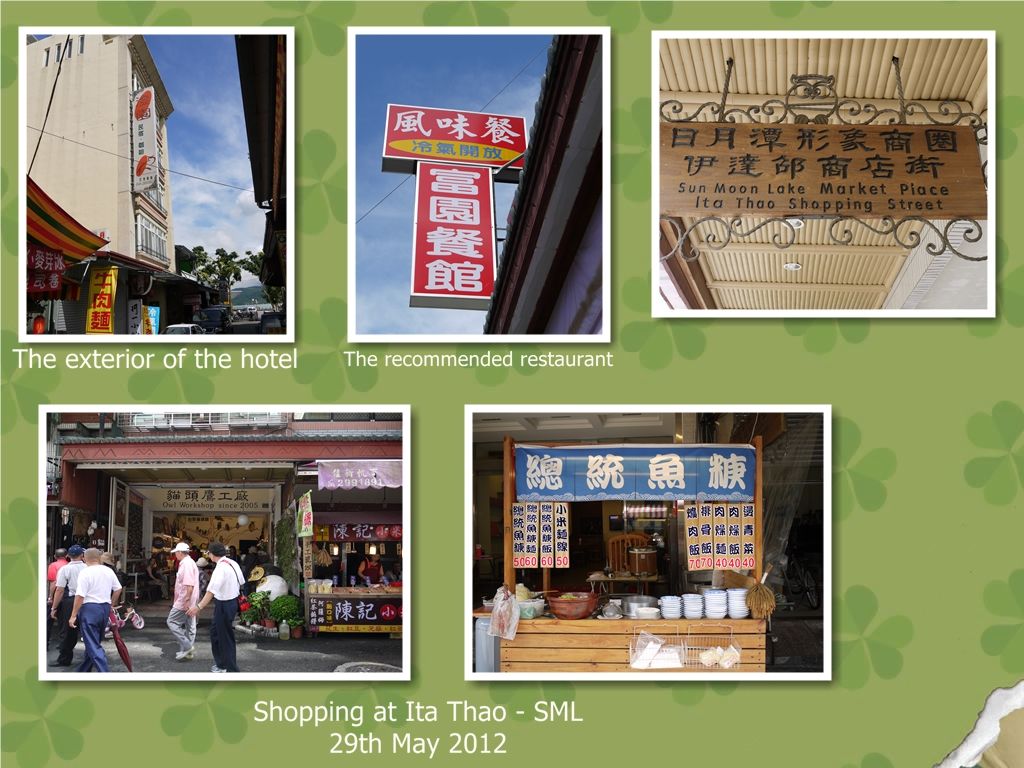 We also caught the Ita Thao performance before dinner. Its just round the corner of our hotel.
We also caught the Ita Thao performance before dinner. Its just round the corner of our hotel.We went back to the restaurant next to our hotel for dinner. This place was recommended by the hotel owner. The restaurant name is 福园. The food there is nice and affordable. For NT800, these is what we got!
After the nice filling dinner, we stroll back to our hotel and the kids had a great time in the bathroom...O, did I mentioned there even have a jacuzzi bathtub in our room!!!
To end the day, we sat down on the bed and the kids listen to me telling them the story of this place.
Ita Thao is called Barawbaw in thao language. The Han people call it
North Cave. It was named Te Hua village after the restoration of Taiwan, and is
under the administration of Yuchi.
Barawbaw is the
last residence of the thao people at Sun Moon Lake. On account of the
continuous stream of tourists, many Han people moved here to go into trade.
Therefore, Ita Thao becomes the most populous area around the Sun Moon Lake.
There are stores, restaurants, and hotels in the village. Also the thao people
establishes the "thao Cultural Village" for tourists to appreciate
the traditional culture, songs, and dancing of the thao tribe.
The harvest
ceremony, the most important and splendid ceremony among all the others held
during the year, is held every year during August in lunar calendar. If you
visit Ita Thao during this month, you will have the chance to appreciate the
culture of thao people. Barawbaw(Ita Thao) is the entrance to the Shuishe
Mountain.
At Sun Moon Lake/
Taiwan, the owl symbolised guardian,
protection and believing good lucks that Fukurou will bring to the local.
The Ita Thao
peoples are the 'expensive' peoples in Taiwan. There are Only left 282
(pure blood) Ita Thao peoples in Taiwan, and they are welcome any man who like
to become the Ita Thao husband. The conditions were very attractive! According
to the boatman, once you fill up the form, your bank account will automatically
receive a welcome fund that's about TWD60,000.00 from Taiwan Government. And
men are no need to work in the village, all the expenses of every family will
be subsidize monthly by Taiwan Government included their children
school fees all the way to University.
The Deer Chasing Legend
The Thao Aborigines claim that their ancestors originated from Alishan. However, according to another legend, they originally came from the area near to Fucheng in Tainan. Many years ago, a group of Thao hunters were hunting in the mountains when they came upon a large, corpulent white deer. Together with their hunting dogs, they crossed over mountain and valley to chase this large white deer. As they chased the deer, they went deep into the other side of the mountain. Along the journey, they used their hunting knives to cut off pieces of bark from the trees so as to mark their route. After chasing the deer for many days, their energy was all but exhausted, and to their amazement, they saw a landscape of lakes and mountains unfold before their very eyes. The white deer that they had been chasing had no way of escape, and rushed into the middle of a lake. The hot hooves that had been on the run were frozen by the ice cold lake waters, become stiff, rigid, and difficult to move.
After
the Thao hunting ancestors caught the white deer, countless varieties of fish
were attracted to compete for its blood and internal organs. The elderly Thao
ancestors scooped up the fish varieties and were the first to carefully taste them.
Not only were the fish non-poisonous, but these shoals of fish from the lake
were extremely delicious. Only after trying out the fish did they allow the
young, strong Thao to eat them. Everyone was very pleased. Not only did the
lake area have beautiful, enticing scenery, but there was a plentiful supply of
fish in the lake. This truly was a peaceful and good location provided to the
ancestors from above. They quickly returned the way they had come, following
the marks they had made on the trees, in order to bring the rest of the
community to this new place. From that time on, the Thao people have resided at
Sun Moon Lake, which has become their native land.

















